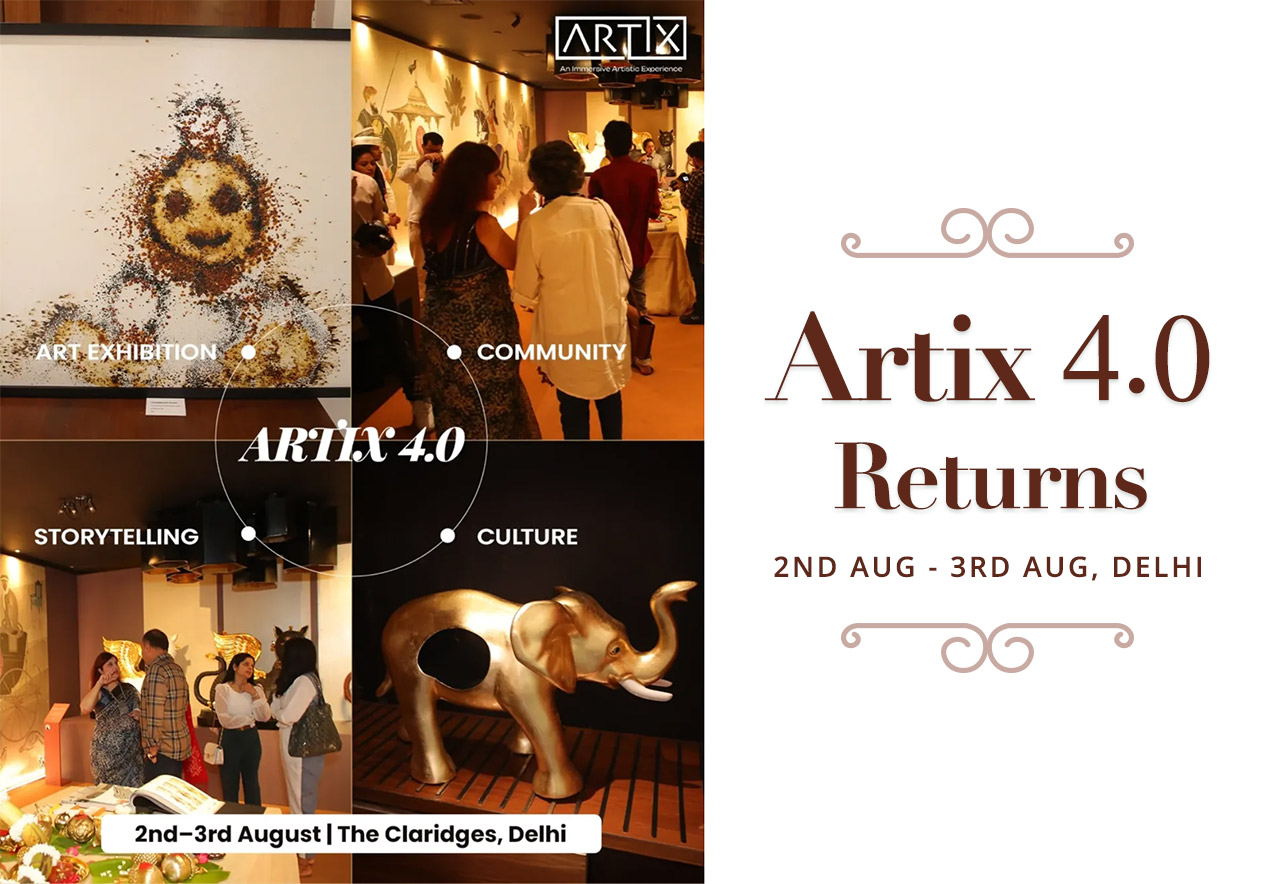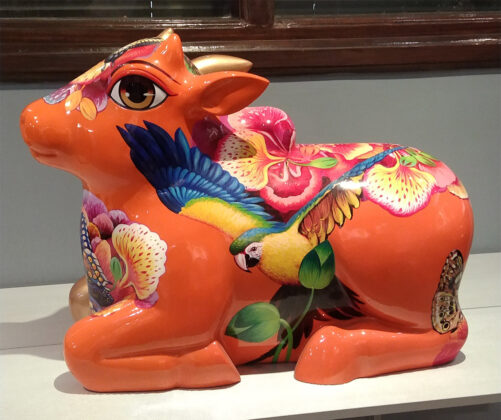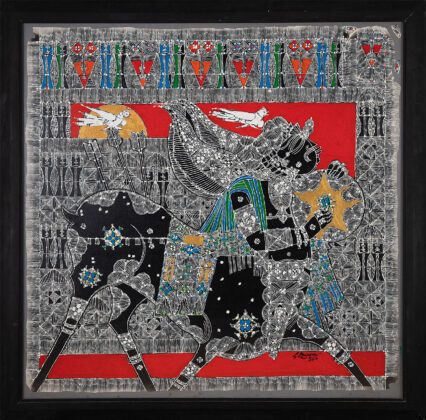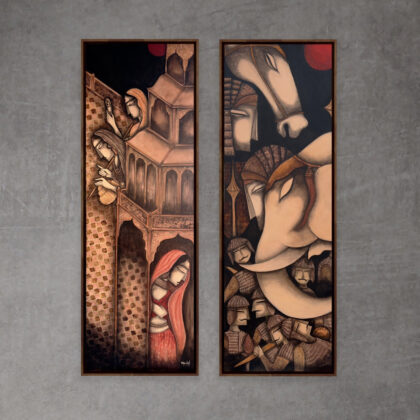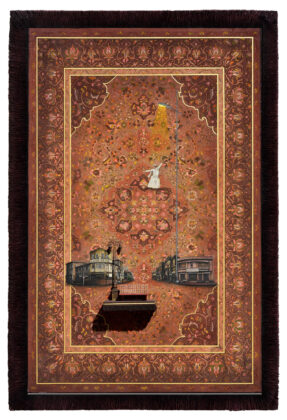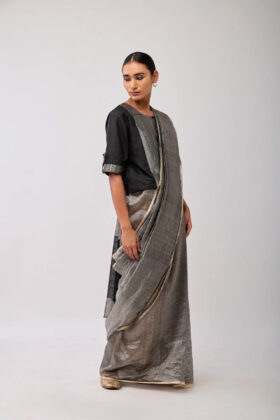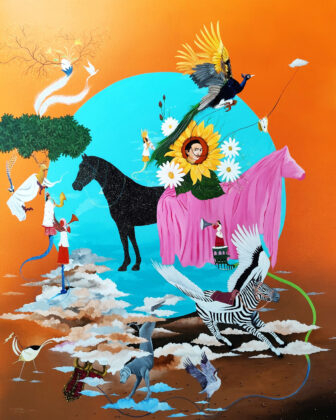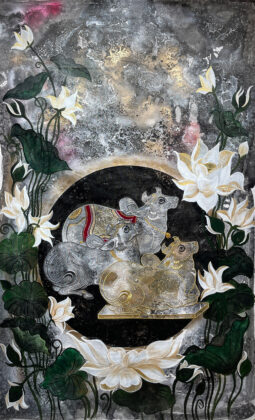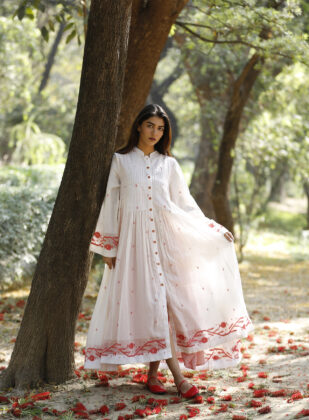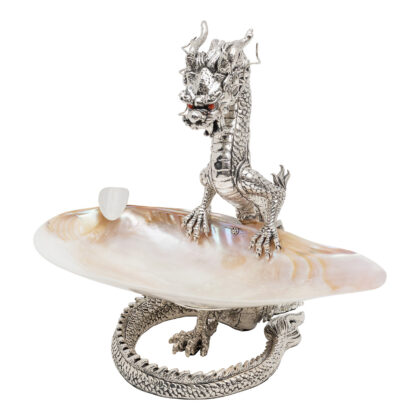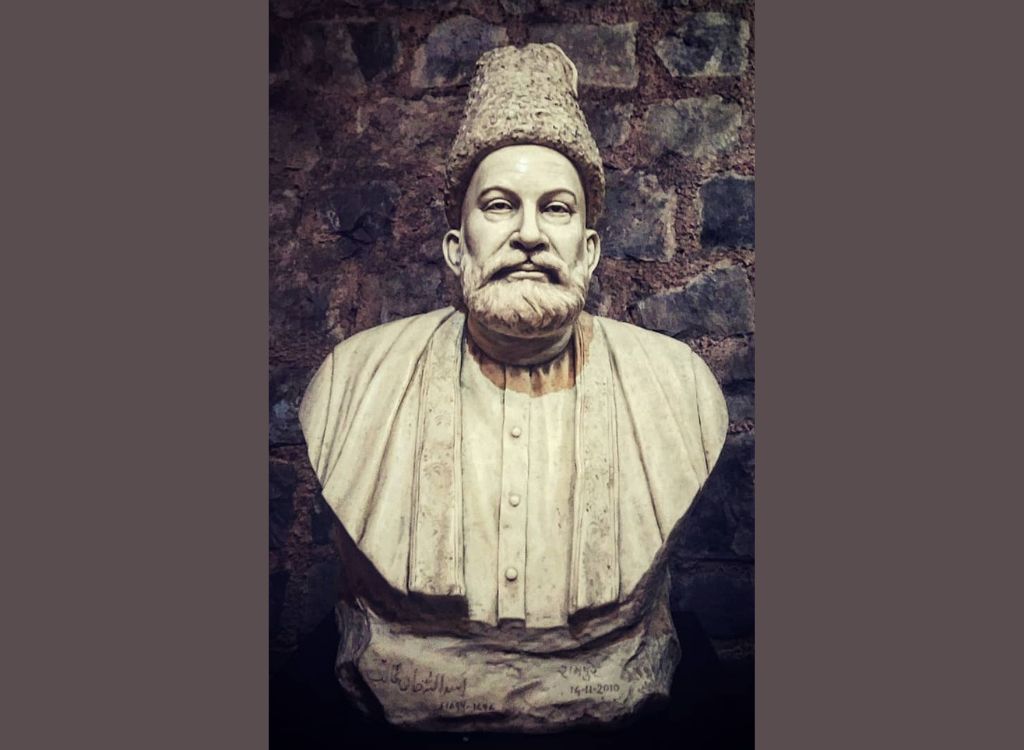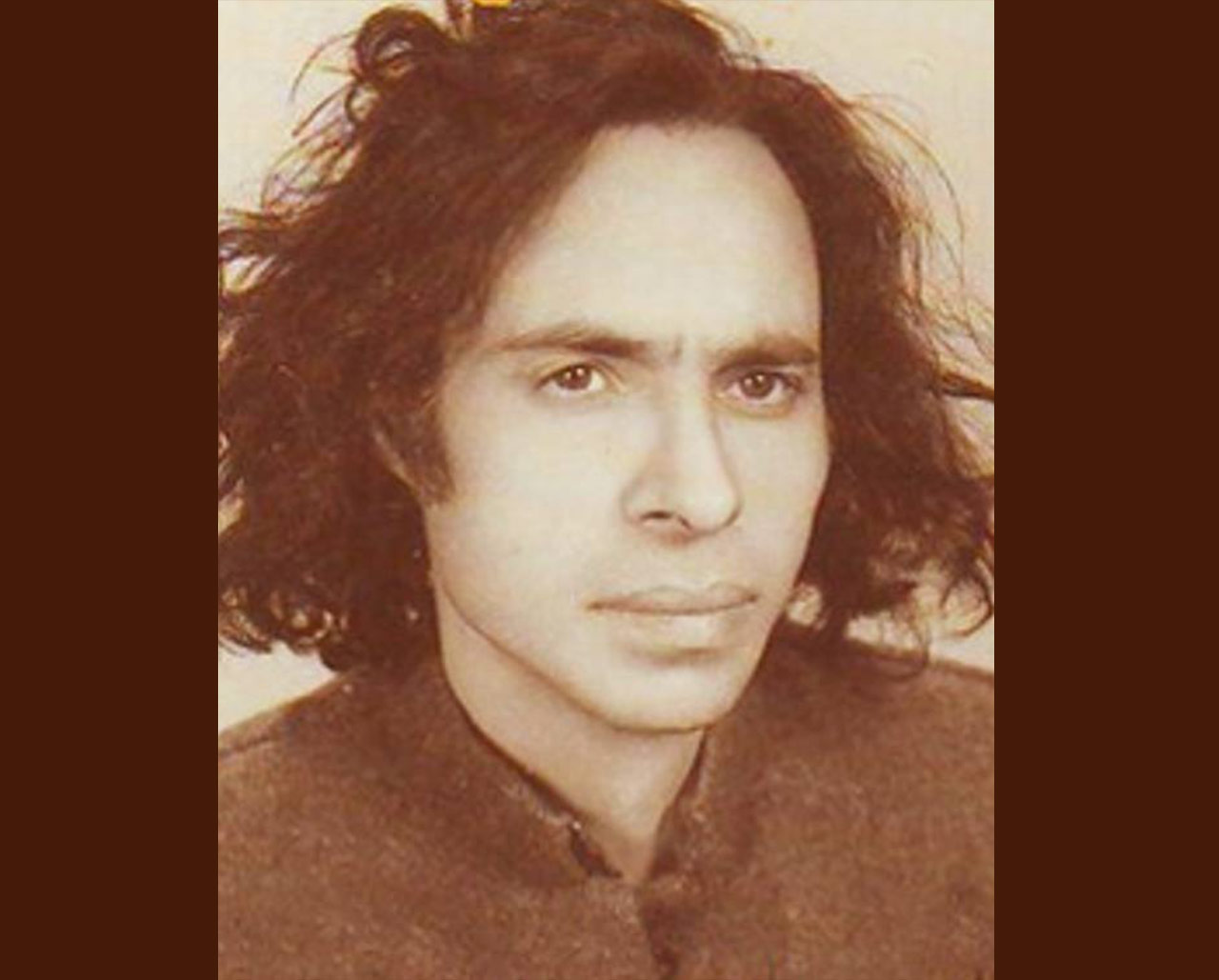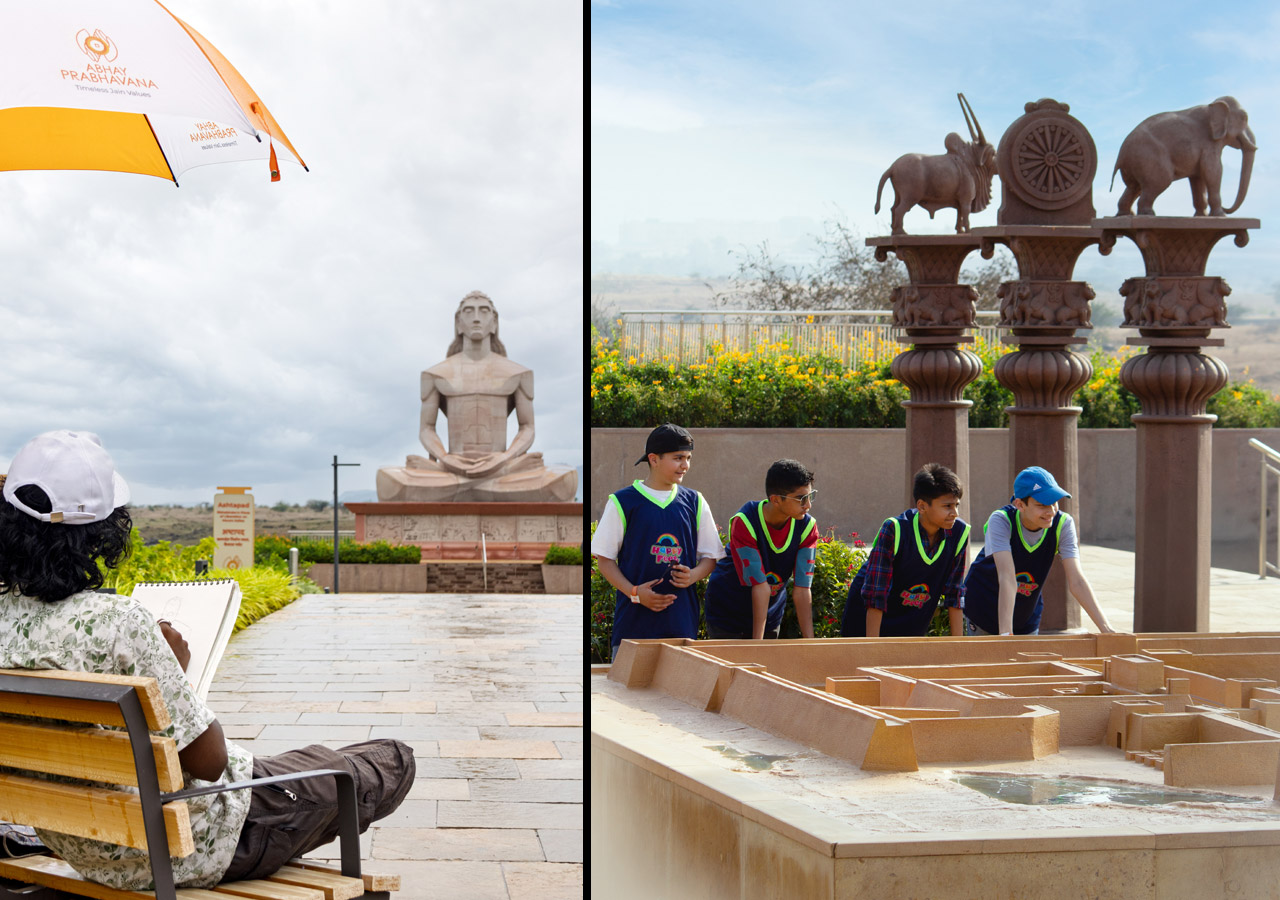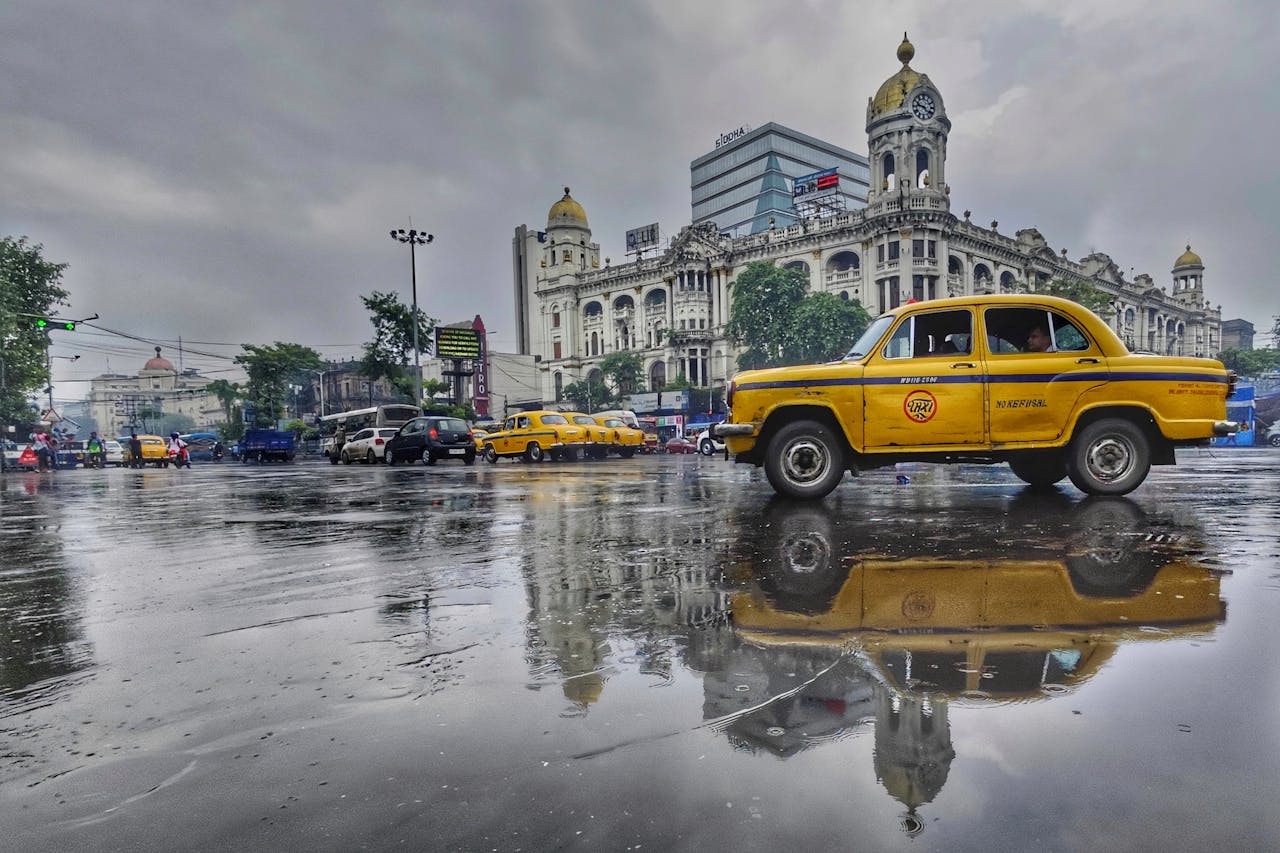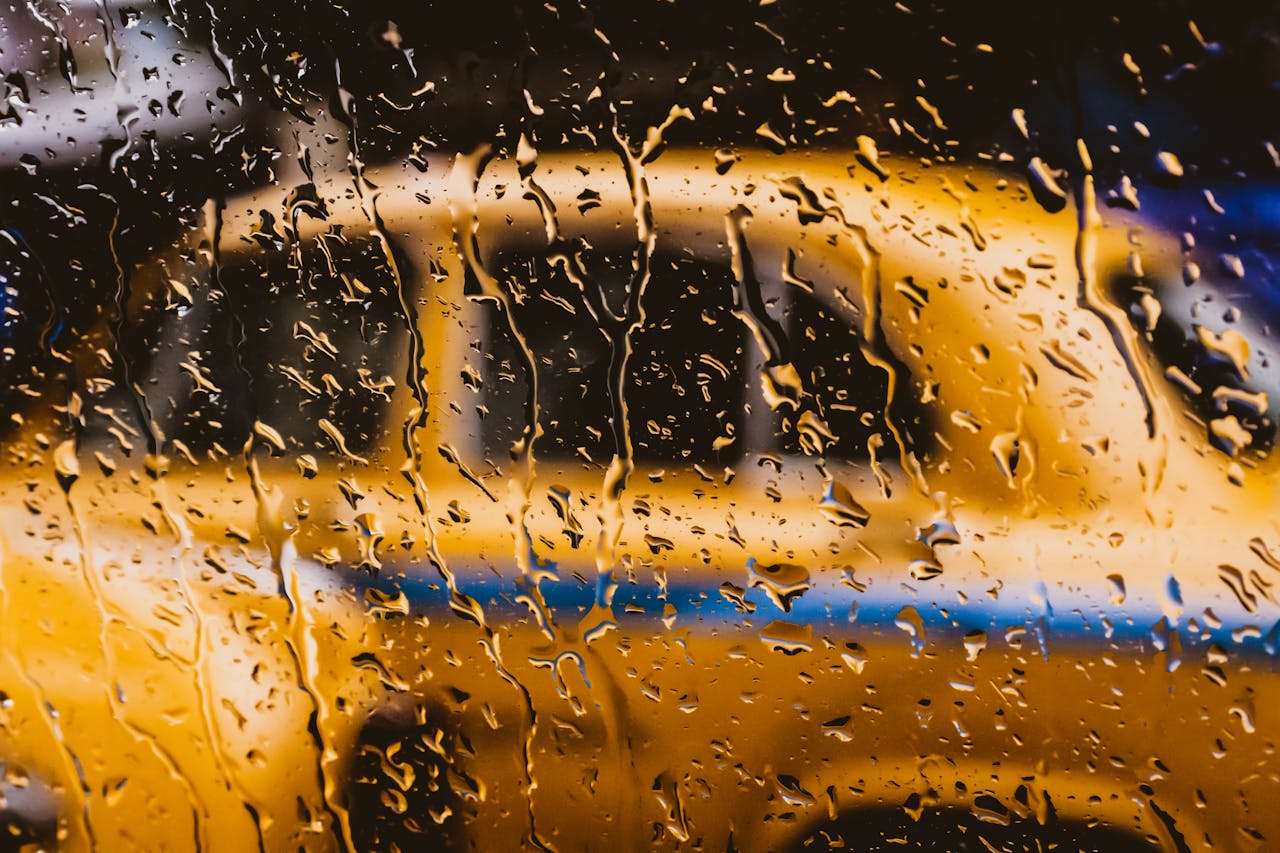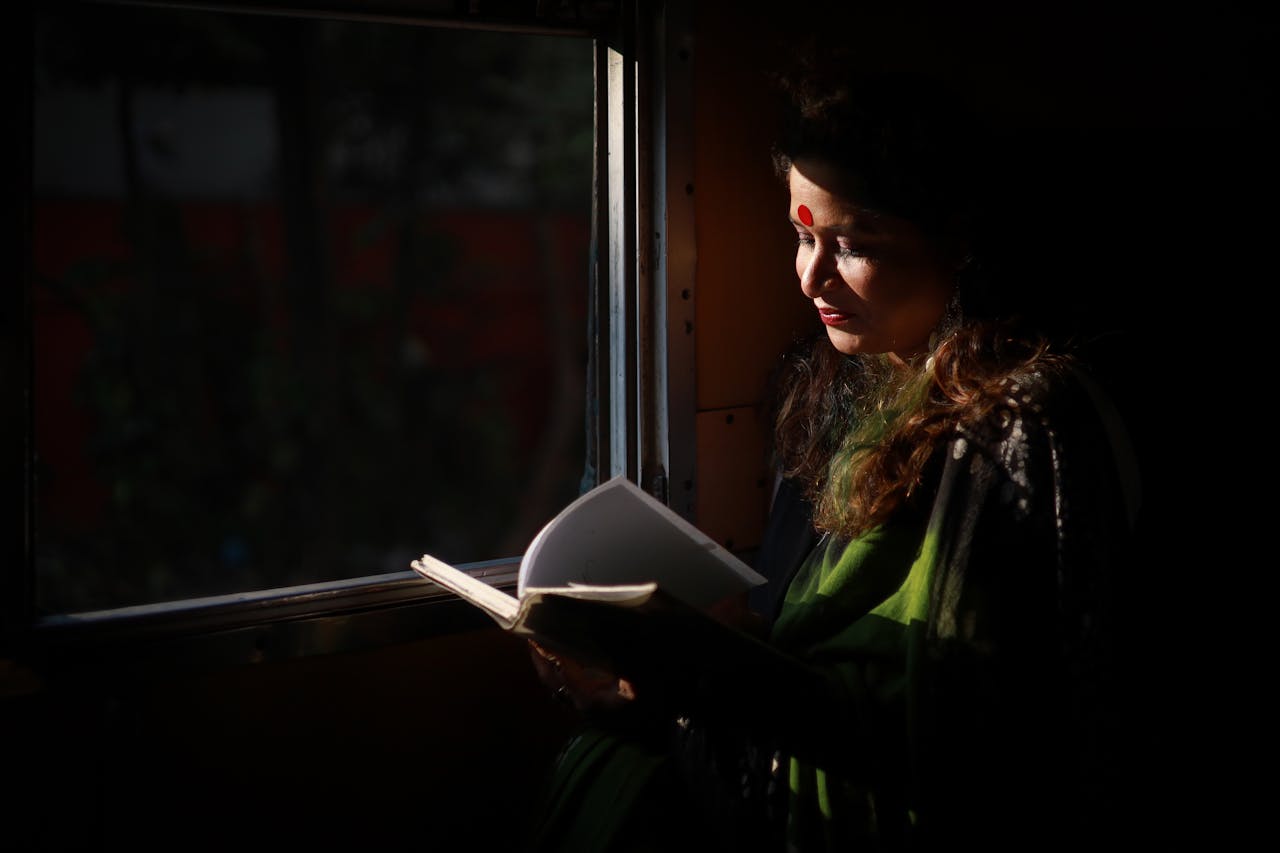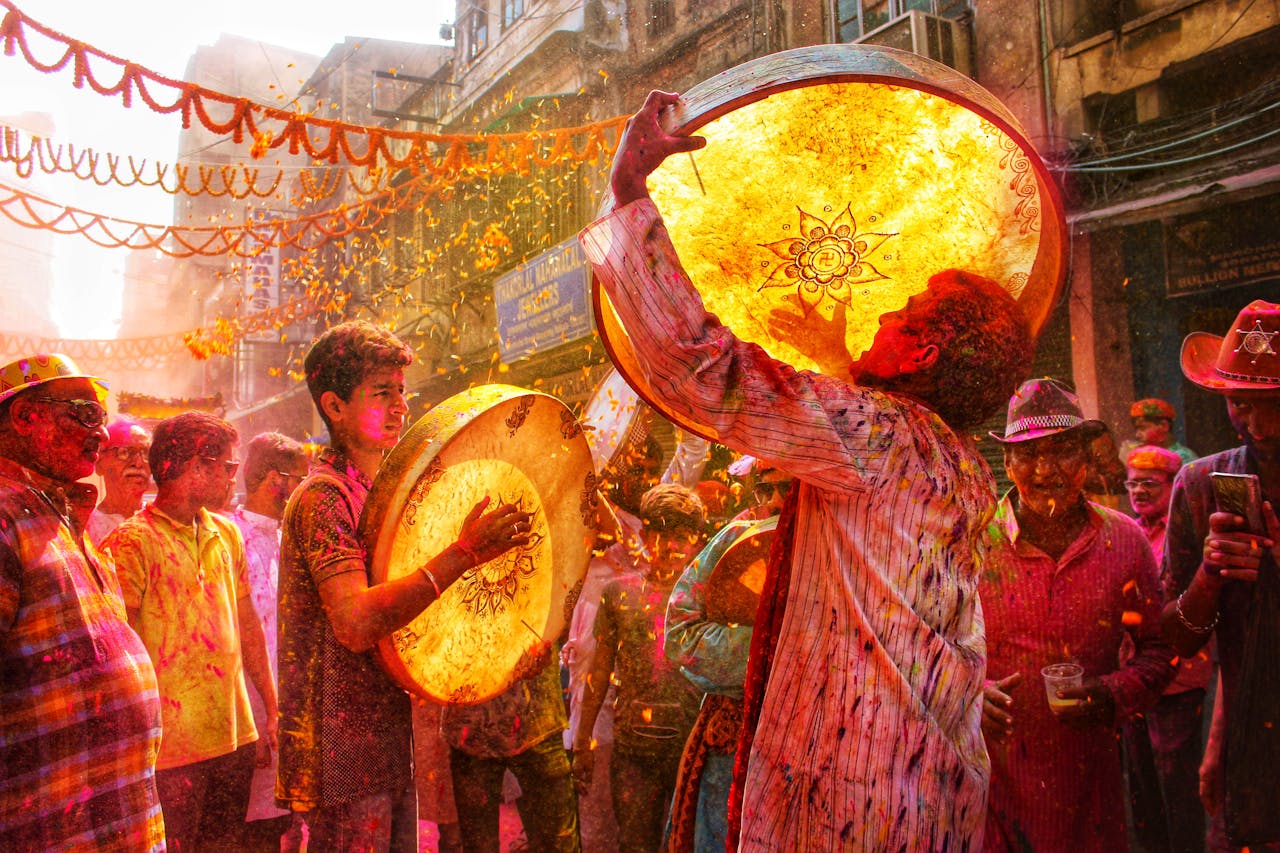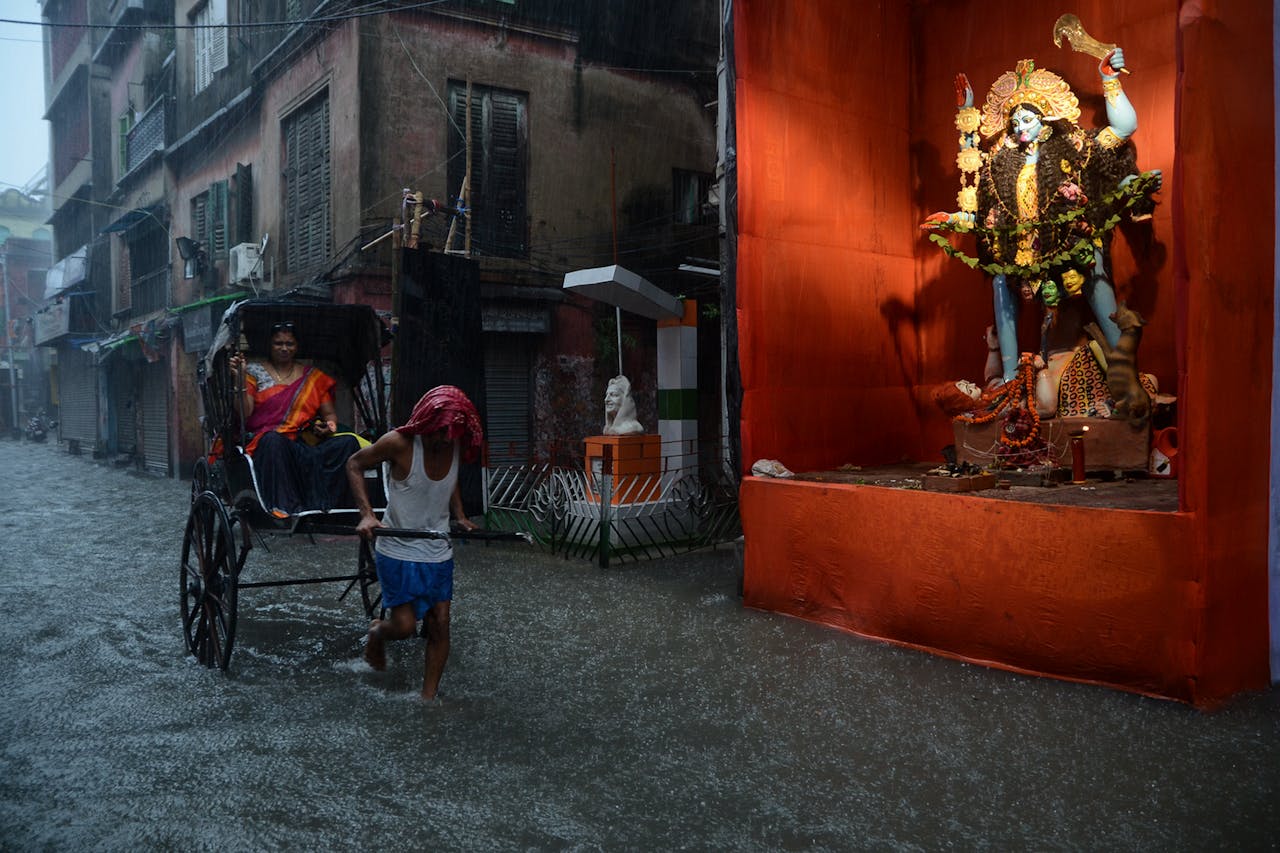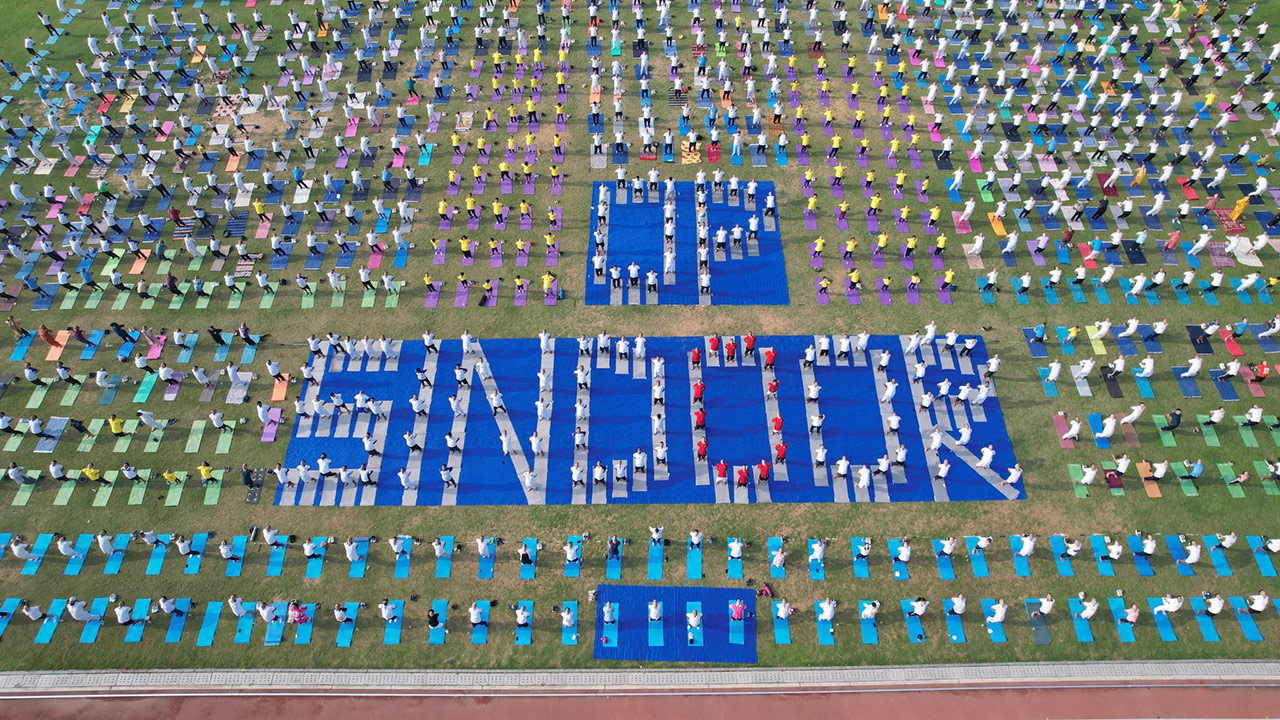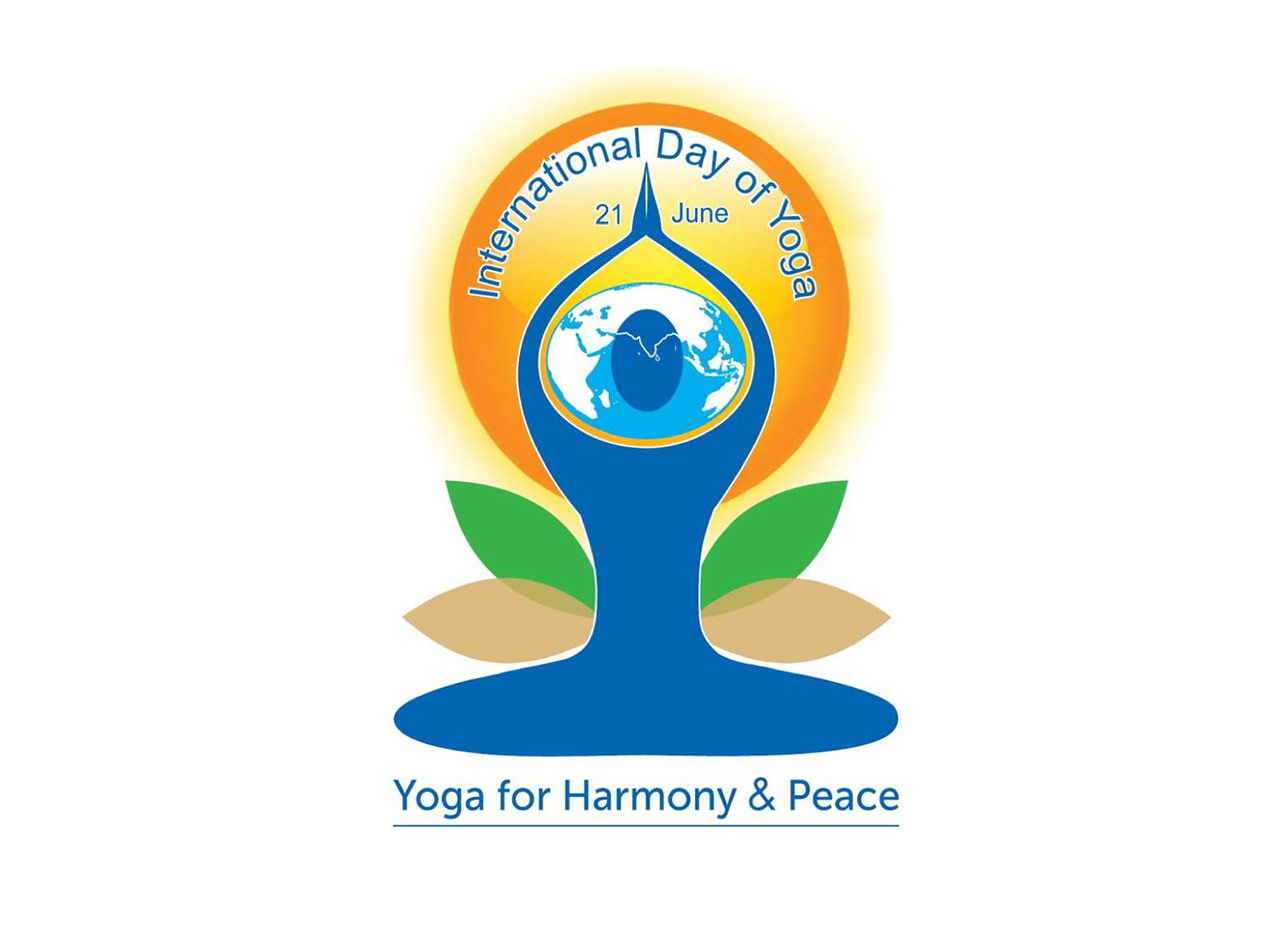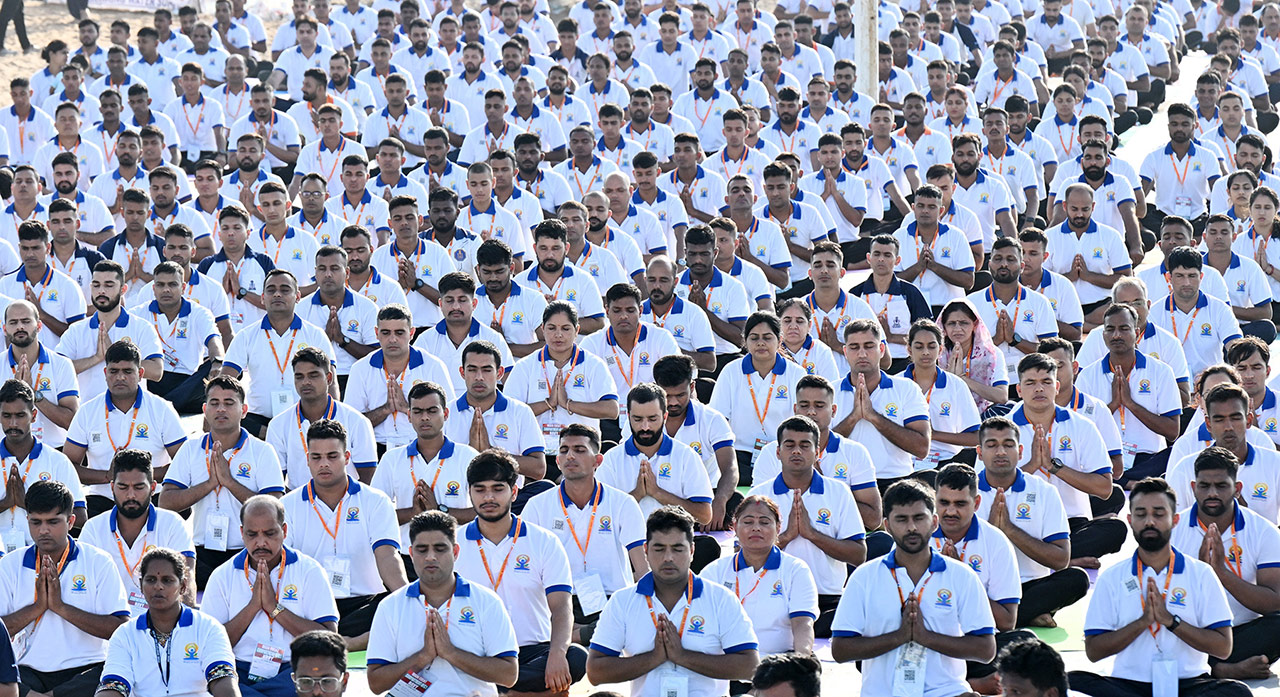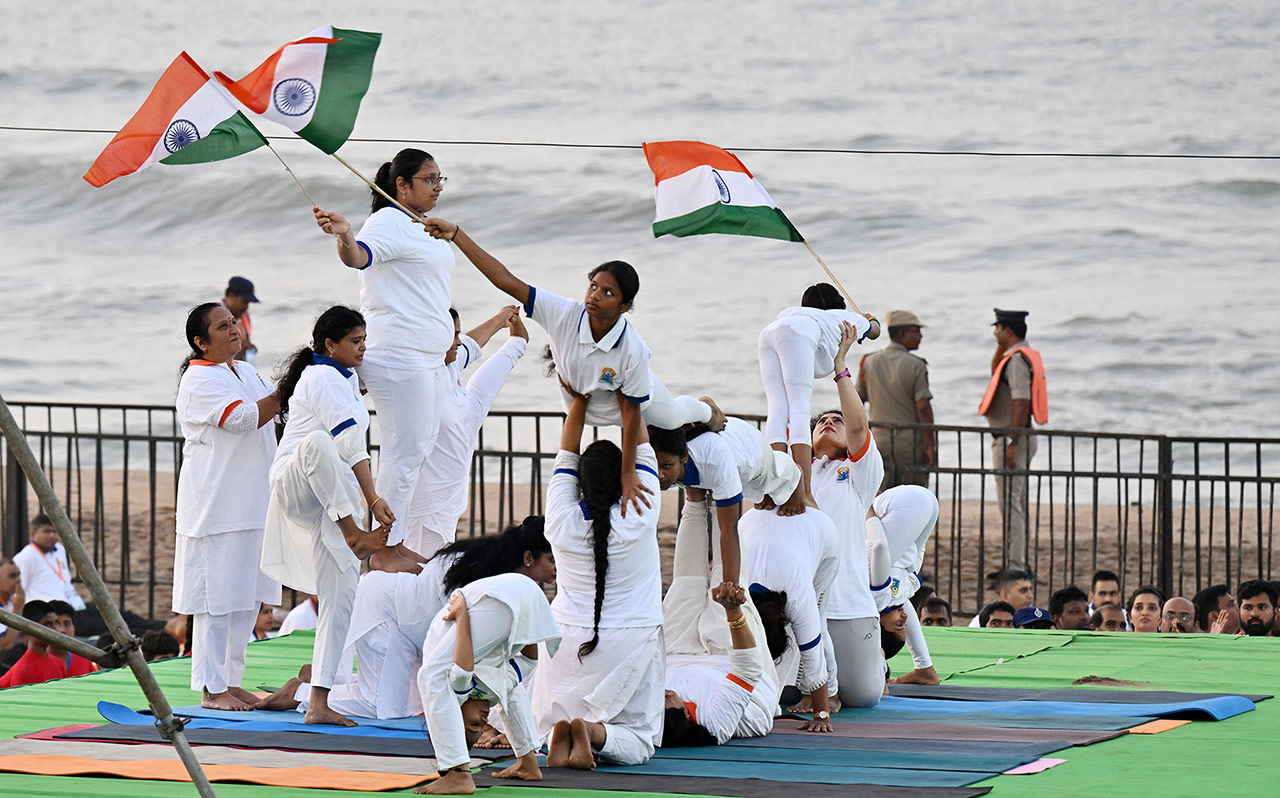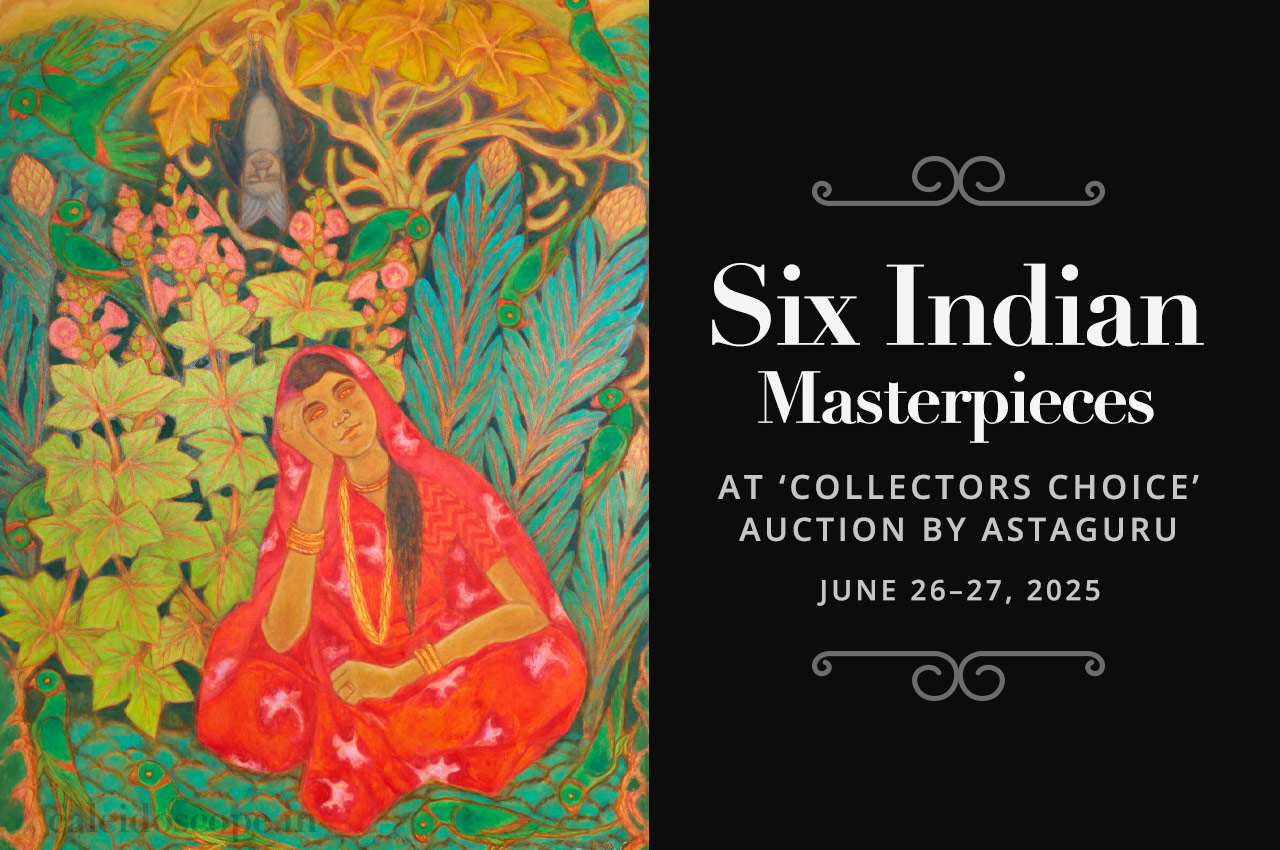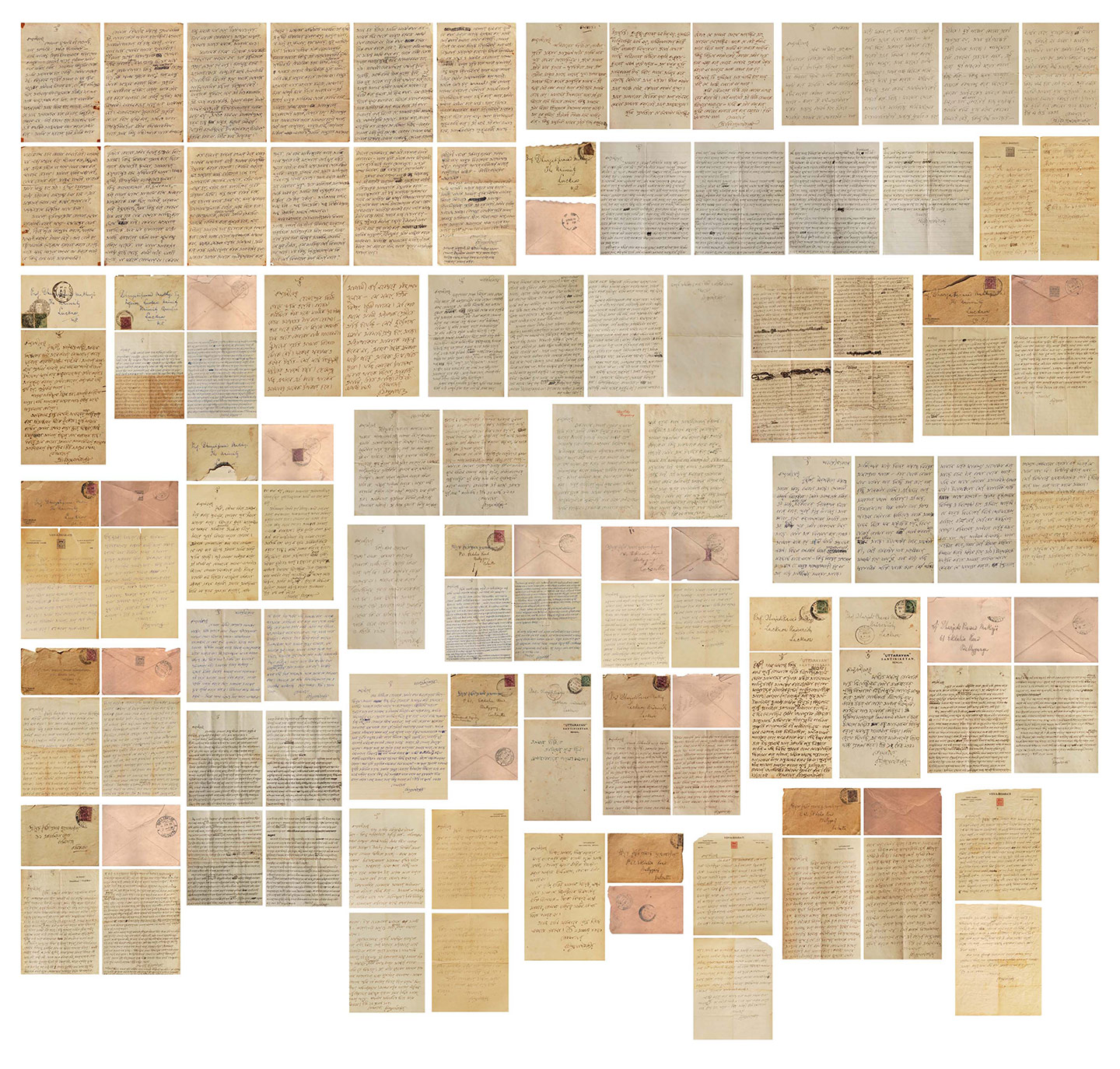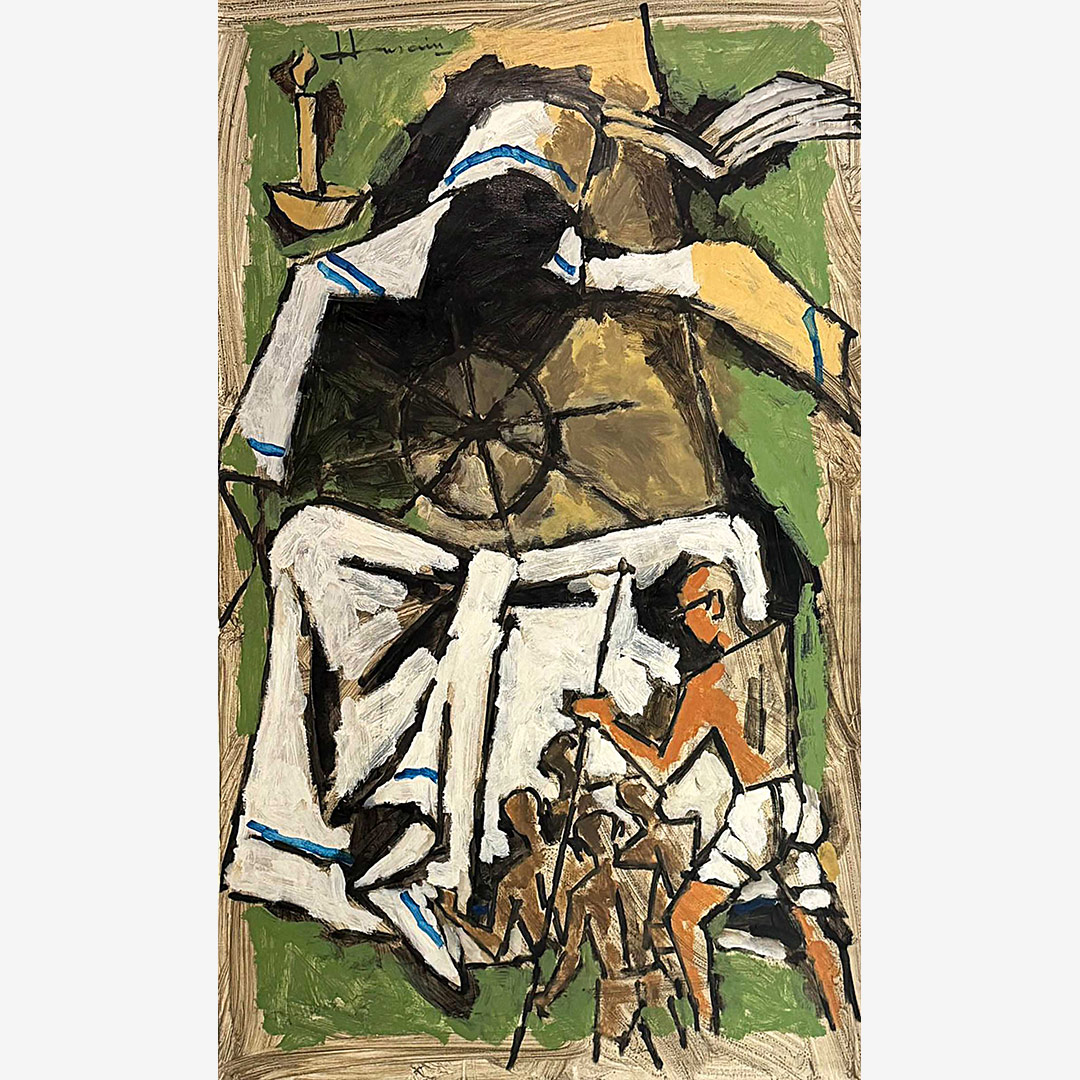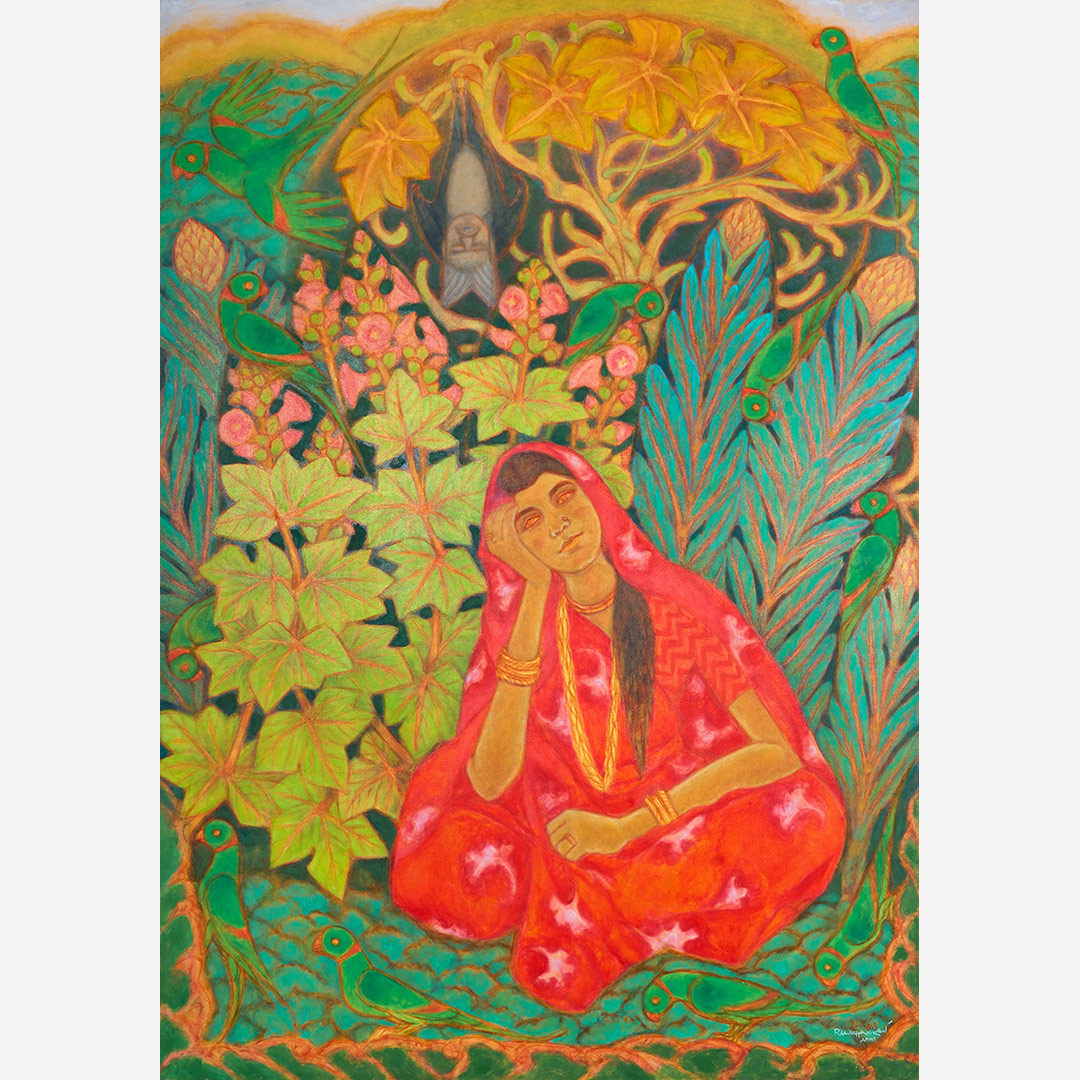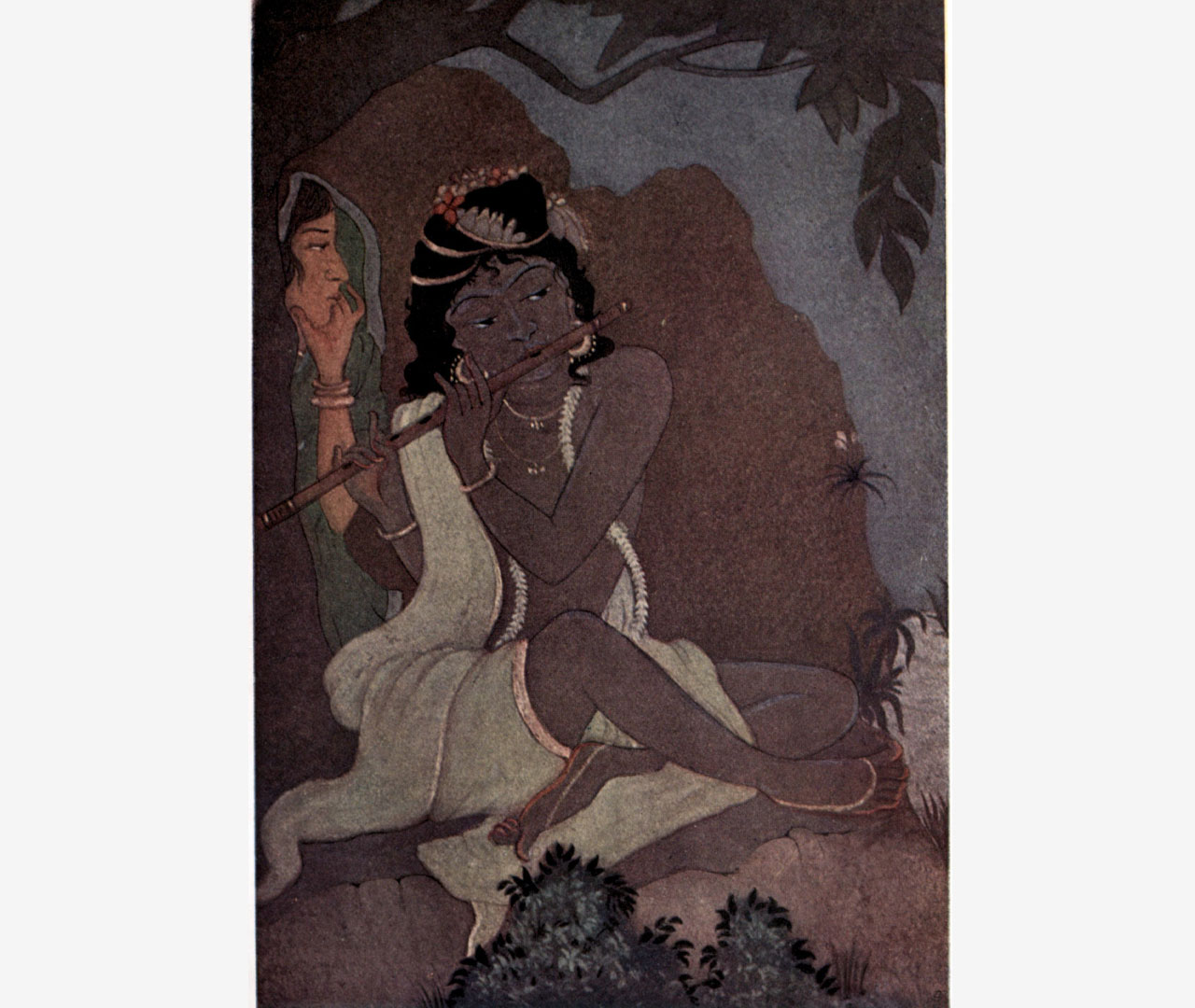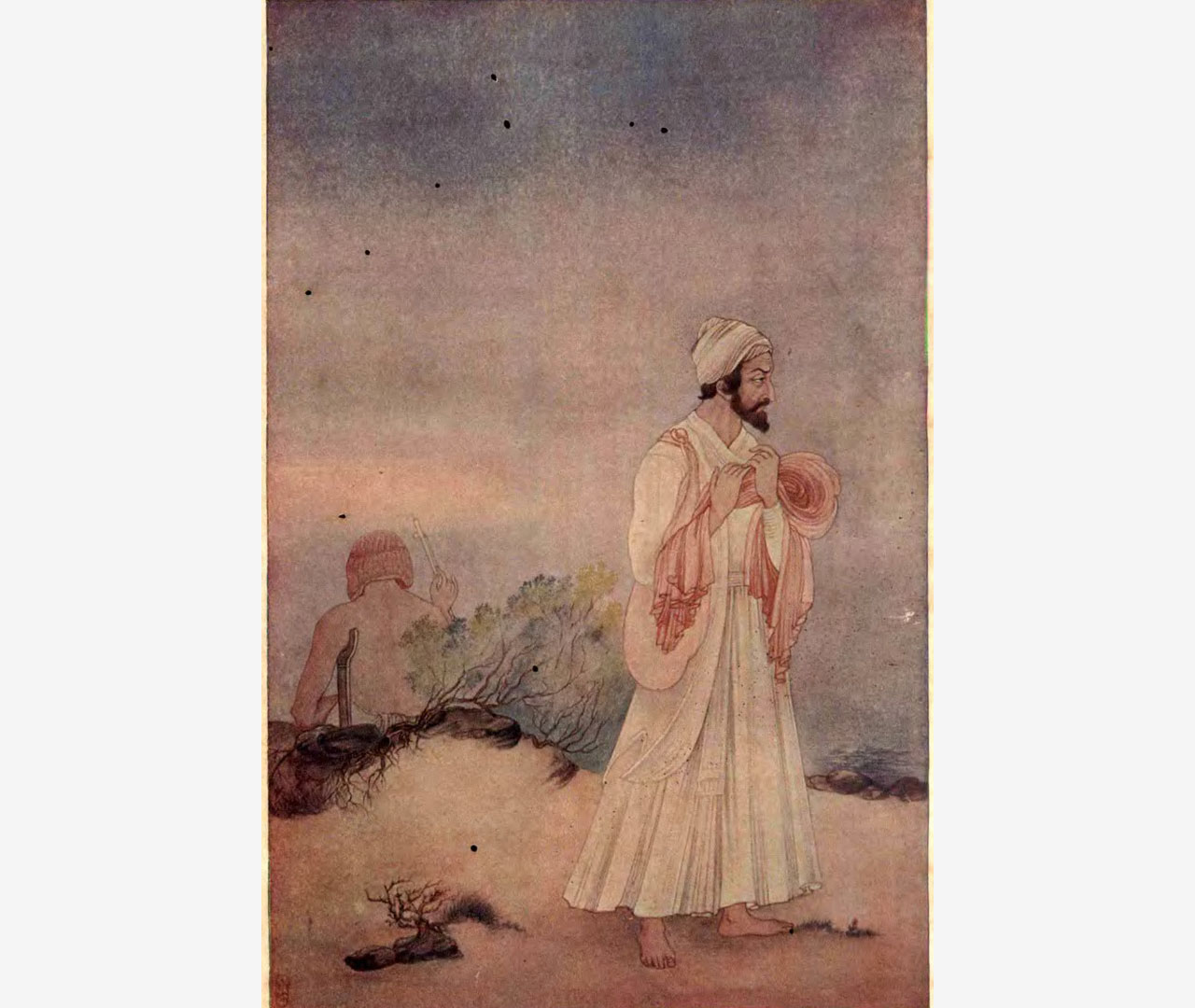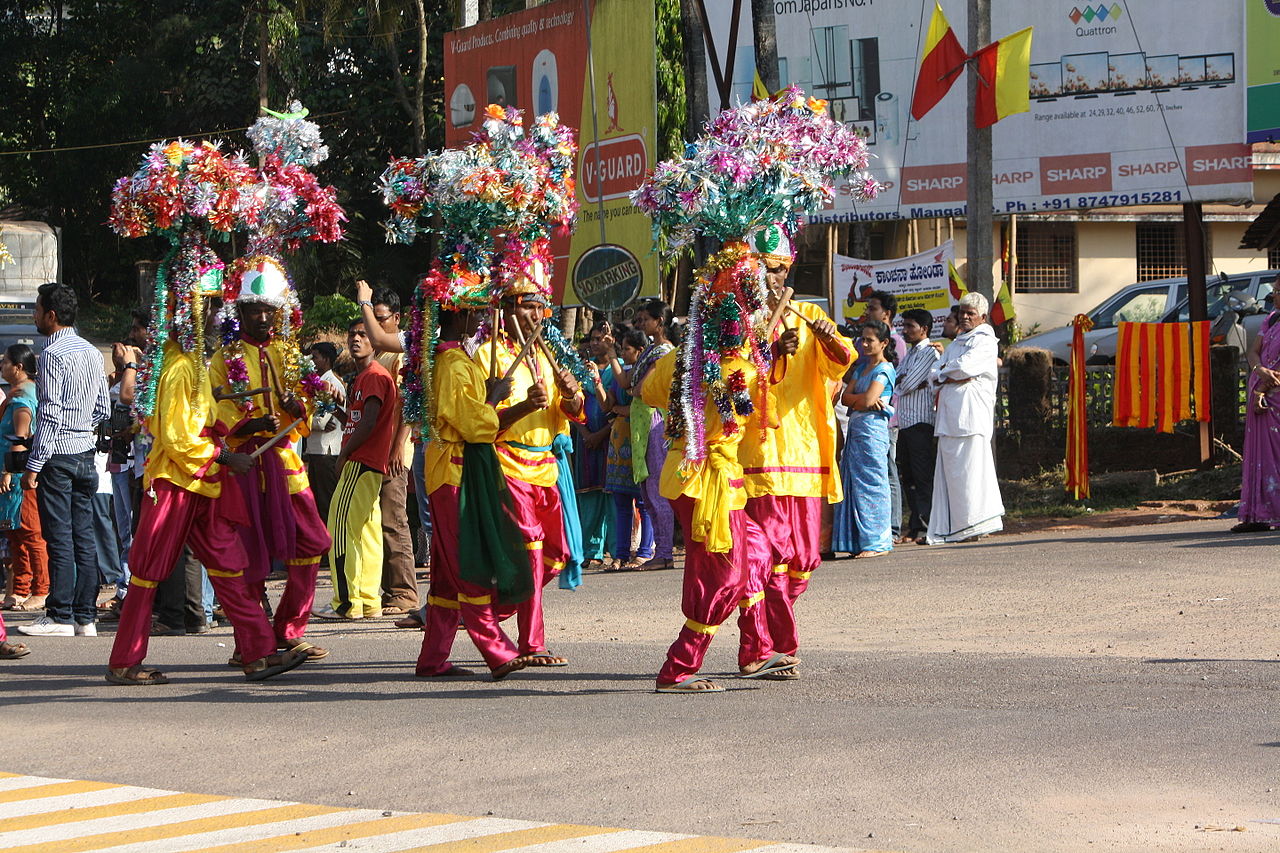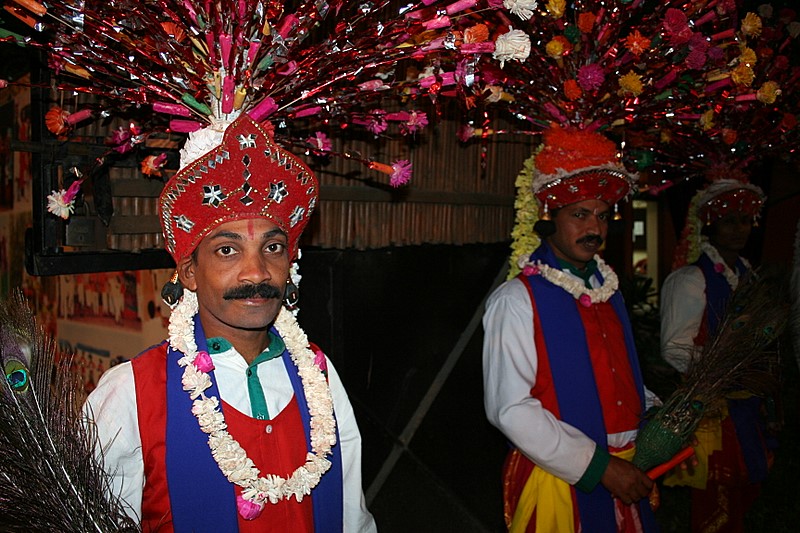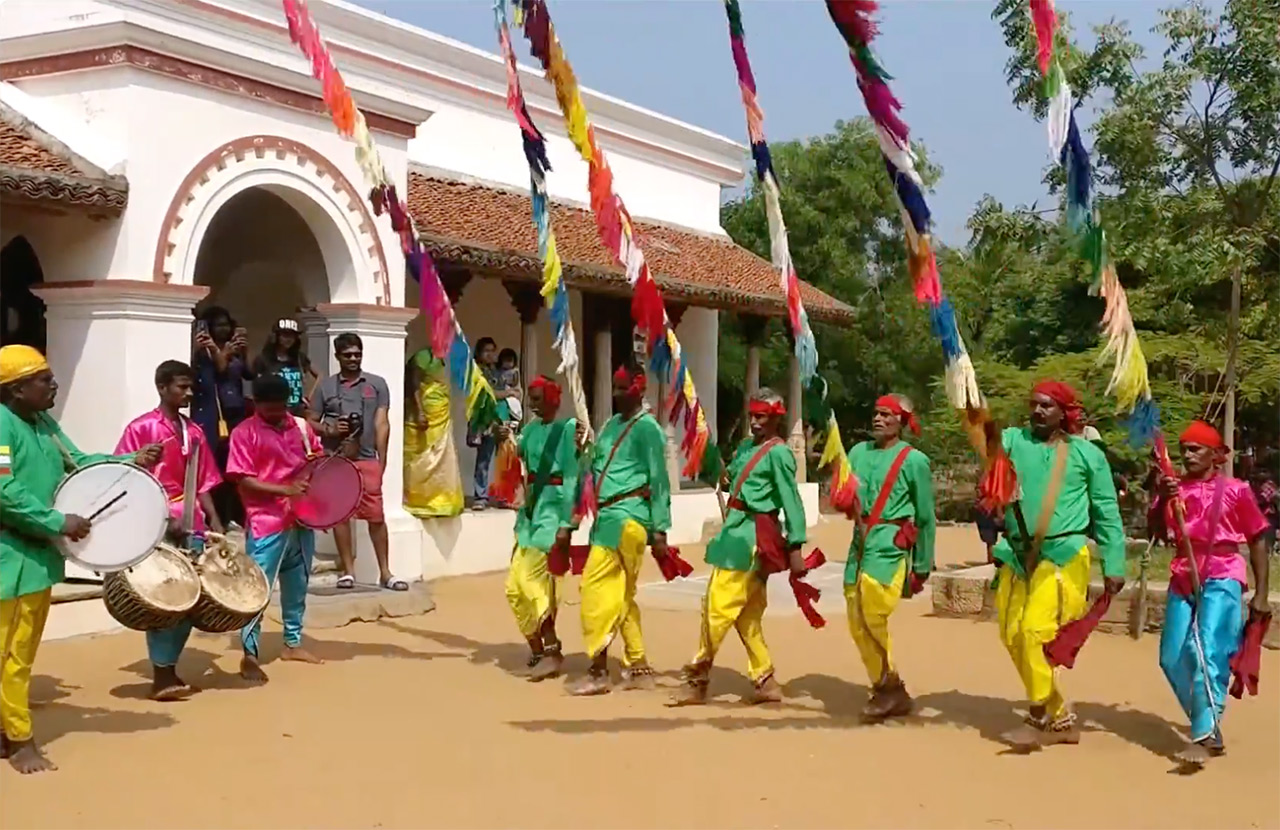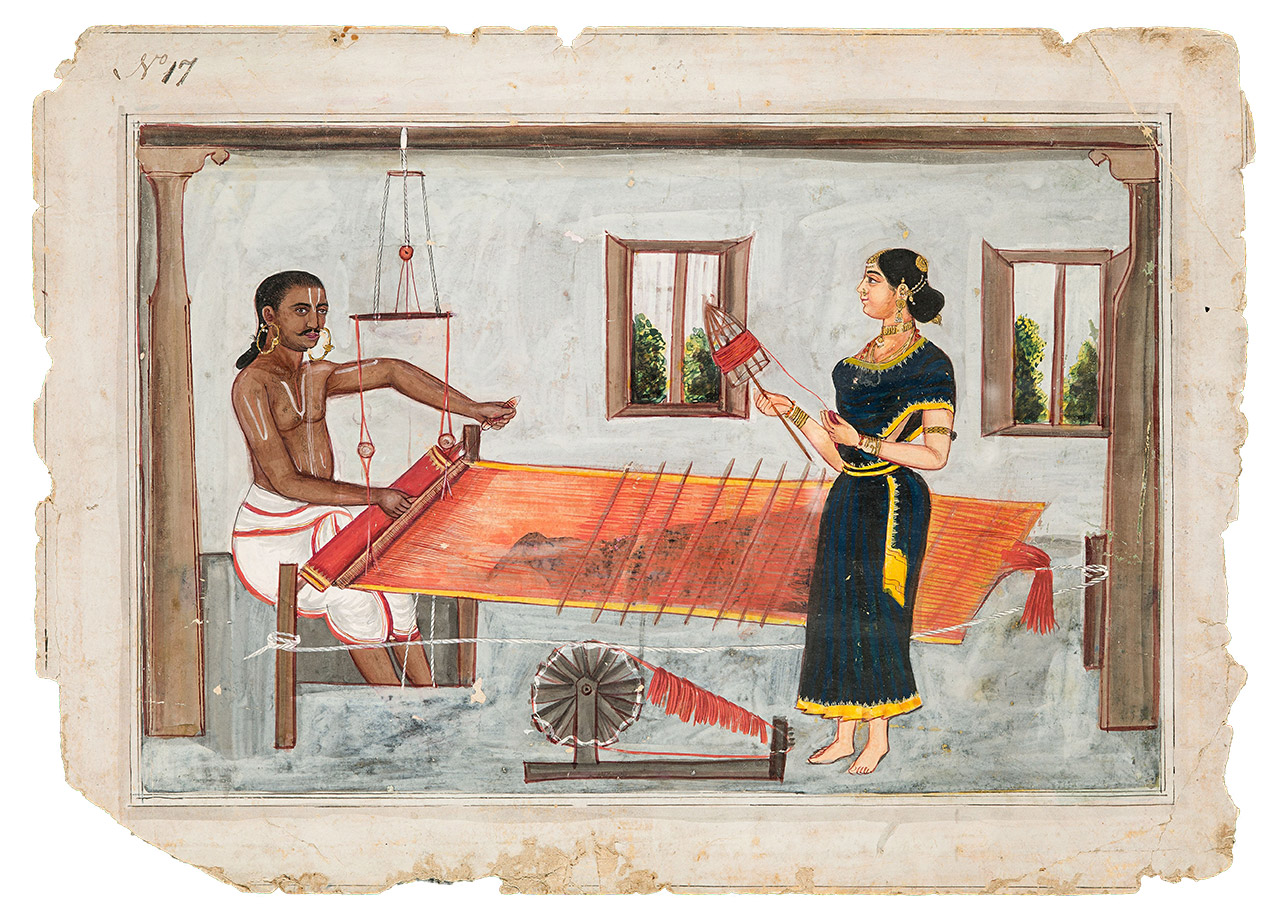
What is the Signficance of Indian handlooms
Having lived in India for the past several years, I feel myself to be deeply connected to its roots. There are so many, almost uncountable aspects of my beloved nation that make my chest swell with pride; and if you’ve been to India you’ll know why. This vast, magnificent land has numerous achievements and accolades in its bag – Yoga, Ayurveda, Chess, board games, and even buttons! However, in this boundless land of splendor, there remains one such factor of India which makes it stand out the most – it’s attire. We all know that Indian wardrobe differs from the Westerners in a few too many ways. And most of this difference lies in the way in which our fabric was made and worn. This story on Handlooms of India tries to explore the origin and distinctive quality of fabrics from various part of india.
Suggested Read – 12 Best Websites to Buy Handloom Sarees this Festive Season
Handlooms of India map
The Handloom was responsible for weaving Indian wear for the longest time until the Britishers brought along their subsequent end. It is said that the Indian handlooms have their roots in the ancient Indus Valley civilization and that the textiles produced there were exported to the distant lands of China, Rome, and Europe. That being said, it was well established that the grandeur and reputation of our handloom products were off the hook. Each village in India had its weaver who, along with others, produced textiles of the finest quality. Taking into consideration how exuberant the handlooms were, it is sad to admit that Indian handlooms were significantly reduced and saw a steep decline during the colonial age.
However, the present-day scenario is improving as we speak. Handloom businesses are actively encouraged and supported by the Government to grow into their full glory again. Now, let me take you on a journey to reintroduce some of the finest handlooms of India. Shall we?
What is the History of the Indian Handloom Industry
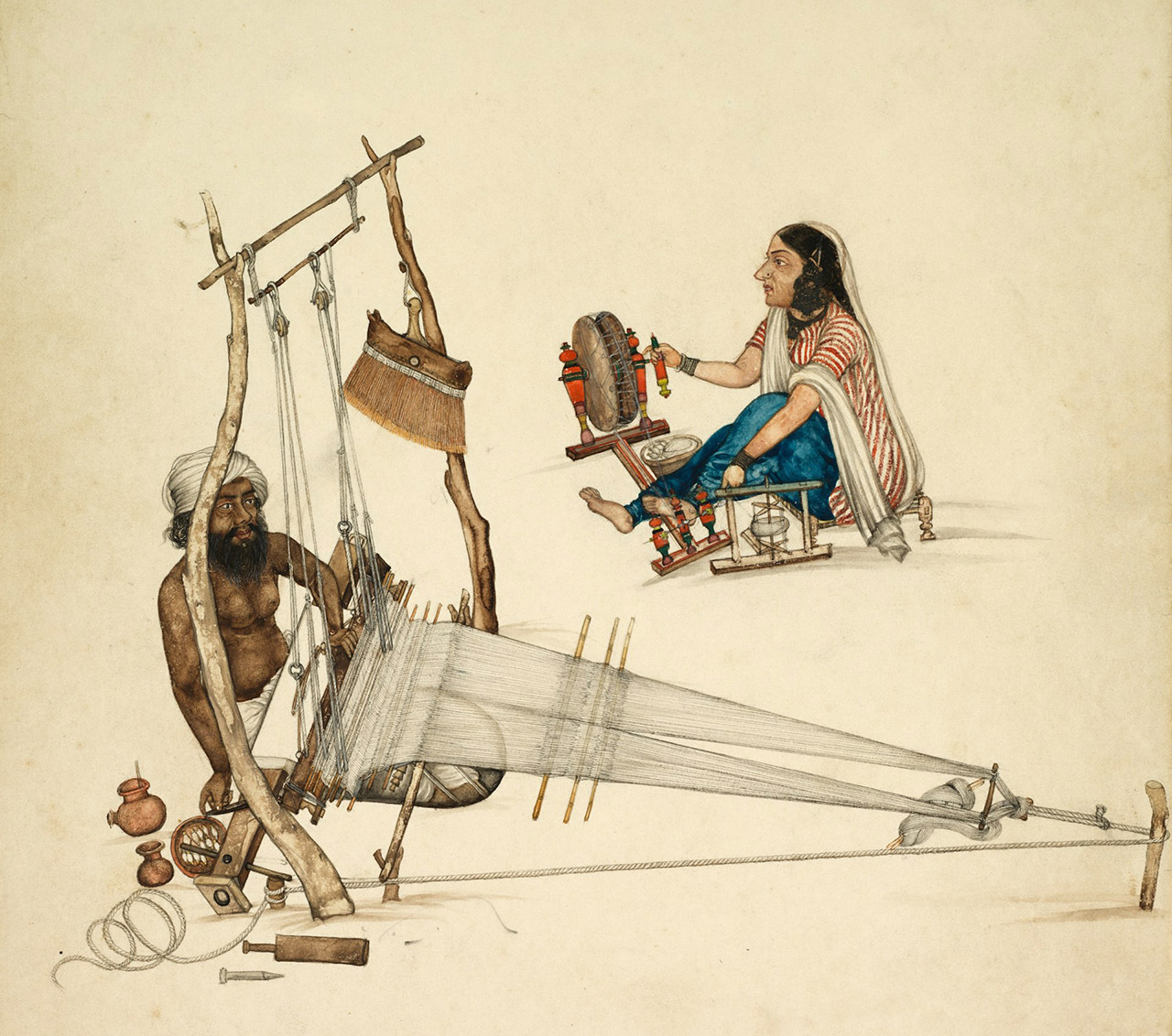
The history of the Indian handloom industry is rich with each region having its own unique products like Bandhani of Rajasthan and Chanderi of Madhya Pradesh. Such superior fabrics from sarees to bedspreads had good demand in the world in the past.
But British colonization brutally affected the industry. The sale of raw cotton overseas and the importation of machine-made items stifled hand-spinning livelihoods and dependent weavers on machine yarn even further.The industry struggled with machine-made apparel everywhere and the installation of power looms in the 1920s, bringing unequal competition.
Mahatma Gandhi’s Swadeshi Movement provided a second life to handlooms with a movement for ‘khadi’ as an emblem of being self-reliant and independent of British rule. In the post-independence era, the government launched schemes to revive the industry, creating the Khadi and Village Industries Commission (KVIC) under the Ministry of MSME to promote khadi and village industries.
List of Handlooms of India
Click here to view State Wise Handlooms Table
| Handloom & Region (GI Tag Year, if available) |
Speciality & Historical Significance |
|---|---|
| Paithani – Maharashtra GI Tag: 2010 |
Known for its peacock motifs and rich zari, Paithani is a royal silk weave from Aurangabad, once reserved for Maratha nobility. |
| Bandhani – Rajasthan GI Tag: 2009 |
Traditional tie-dye technique involving thousands of knots; vibrant and symbolic, often used for festive attire. |
| Kunbi – Goa Not GI Tagged |
Simple, red check-patterned saree worn by Goan tribal women, predating Portuguese influence. |
| Muga Silk – Assam GI Tag: 2007 |
Rare golden silk from Assam, worn by Ahom royalty; durable and naturally glossy. |
| Kullu Shawls – Himachal Pradesh GI Tag: 2005 |
Woolen shawls with geometric patterns; warm and culturally rich accessory from the hills. |
| Mysore Silk – Karnataka GI Tag: 2005 |
Silk of royal origin, introduced by Tipu Sultan; known for its purity and rich gold borders. |
| Kalamkari – Andhra Pradesh GI Tag: 2009 |
Painted and block-printed with natural dyes; tells stories through fabric using pen and tamarind ink. |
| Chanderi – Madhya Pradesh GI Tag: 2005 |
Delicate and translucent sarees woven with silk and zari, known for lightness and elegance. |
| Kanjeevaram – Tamil Nadu GI Tag: 2006 |
Heavy silk sarees with bold temple motifs; worn at weddings and major celebrations. |
| Kosa Silk – Chhattisgarh Not GI Tagged |
Tussar silk woven from silkworms feeding on sal leaves; earthy, textured, and strong. |
| Baluchari – West Bengal GI Tag: 2009 |
Mythological tales are woven into pallus; iconic from Bishnupur and Murshidabad. |
| Banarasi Silk – Uttar Pradesh GI Tag: 2009 |
Regal brocade sarees with Mughal-inspired zari motifs; often heirloom pieces. |
| Patan Patola – Gujarat GI Tag: 2003 |
Double ikat weave with intricate symmetry on both sides; takes months to complete. |
| Bomkai – Odisha GI Tag: 2009 |
Features temple, tortoise, and lotus motifs with intricate threadwork; culturally rooted. |
| Pochampally – Telangana GI Tag: 2005 |
Famous for geometric double ikat patterns; known globally for its design clarity. |
| Shisha (Mirror Work) – Rajasthan Not GI Tagged |
Traditional embroidery using mirrors stitched into fabric; believed to reflect evil spirits. Common in tribal and festive garments. |
| Kasavu – Kerala Not GI Tagged |
Off-white handwoven cotton fabric with rich gold zari borders; worn during Onam and weddings; symbol of purity and tradition. |
| Naga Shawls – Nagaland GI Tag: 2008 |
Woven on loin looms with bold stripes and tribal motifs like mithun; worn to denote clan, status or achievements. |
| Apatani Weave – Arunachal Pradesh Not GI Tagged |
Woven by Apatani women using organic cotton; known for stripes, zigzags, and earthy tones; passed down through generations. |
| Bhagalpuri Silk – Bihar GI Tag: 2009 |
Also called ‘Tussar silk’; produced in Bhagalpur for over 200 years; known for natural sheen and breathable texture. |
| Panja Durries – Haryana GI Tag: 2008 |
Flat-woven rugs using ‘panja’ tool; feature geometric and floral patterns; handmade by rural women in Panipat. |
| Kuchai Silk – Jharkhand GI Tag: 2008 |
A variety of Tussar silk grown in Kuchai; GI-tagged; supports tribal women and sustainable sericulture practices. |
| Phanek – Manipur Not GI Tagged |
A traditional wraparound skirt worn by Meitei women, often seen in bold colours or vertical stripes, it represents cultural pride and personal identity. |
| Sambalpuri – Odisha GI Tag: 2005 |
Bandha (ikat) dyed sarees with conch, wheel, and flower motifs; deeply tied to Odia culture and rituals. |
| Phulkari – Punjab GI Tag: 2011 |
Floral embroidery on coarse cotton with vibrant silk threads; traditionally made by Punjabi women for weddings and festivals. |
| Lepcha Weave – Sikkim Not GI Tagged |
Backstrap loom weaving by Lepcha tribe; fabrics feature narrow stripes and hold cultural significance during rituals and ceremonies. |
| Pachra – Tripura Not GI Tagged |
Traditional lower garment of Tripuri women; handwoven with colourful stripes and patterns; worn during festivals and dances. |
| Chikankari – Uttar Pradesh GI Tag: 2008 |
Delicate embroidery from Lucknow with Mughal roots; features floral patterns stitched with white thread on soft fabric. |
| Panchachuli Weave – Uttarakhand Not GI Tagged |
Women-led weaving cooperative from Kumaon region; uses wool from local sheep to make shawls with stripes and mountain motifs. |
| Jamdani – West Bengal GI Tag: 2010 |
Fine muslin with extra weft motifs like paisleys and vines; a UNESCO-recognised weaving tradition with Mughal legacy. |
| Eri Silk – Meghalaya GI Tag: 2011 |
Also called Ahimsa silk; produced without harming the silkworm. Known for warmth, softness, and eco-friendly production. |
| Puan – Mizoram (Manipur too) GI Tag: 2014 |
Woven wrap skirt with bold horizontal bands; worn during Mizo festivals and dances; important marker of tribal identity. |
1. Paithani – Maharashtra

The queen of Maharashtrian attire Paithani sarees, originating from ancient Paithan (6th century BC), are hand‑woven masterpieces of pure mulberry silk and gold/silver zari, featuring reversible selvedges and tapestry weaving. Signature motifs—peacocks, lotus, parrots, creepers—draw inspiration from Buddhist art at Ajanta. The vibrant palette usually blends rich greens, reds, deep purples, and gold. Widely esteemed as a bridal heirloom in Maharashtrian weddings and festivals, Paithani symbolizes prosperity, heritage, and social status. GI‑tagged, it is protected under India’s GI Act, safeguarding authenticity and the weaver community’s welfare. Only a few Ikkat-type looms remain in Yeola/Paithan, keeping each saree exclusive, labor-intensive, and a cultural treasure.
2. Bandhani – Rajasthan

Bandhani, India’s iconic tie‑dye tradition, dates back over 5,000 years (Indus Valley), and was patronised in Mughal times. Handcrafted by Khatri artisans in Kutch and Saurashtra, the technique employs over 4000 handwoven knots “bheendi” to resist-dye intricate patterns (Chandrakala, Shikari, Leheriya). The colour scheme “red” representing marriage, “yellow” representing spring, “saffron” representing renunciation, and “black/maroon” representing mourning is profoundly symbolic. The process of hand-dying cotton and silk fabrics involves either pakka or kaccha dyeing. GI‑tagged (2016 for Kutch Bandhani), it sustains artisan livelihoods. Bandhani odhnis and turbans are cultural staples in weddings and festivals. Known for their mirrored patterns and slight imperfections, each saree offers a unique narrative of community, ritual, and craftsmanship.
Suggested Story: Traditional Dress of Rajasthan: Reflects a Culture that Persisted Since Ancient Times
3. Kunbi – Goa

The Kunbi saree is one of Goa’s oldest indigenous textiles, rooted in the agricultural heritage of the Kunbi and Gawda communities. Predating Portuguese colonisation, it was traditionally worn by local women as daily attire. Characterised by its signature red and white checkered pattern, accented with slim green, yellow, or blue stripes and minimal dobby borders, the saree is simple yet evocative of rural charm. Natural dyes, including those derived from the jafflinchi fruit, were traditionally used. Worn without a pallu or blouse, it was designed for ease and functionality. Today, revival efforts are promoting GI-tag recognition and sustainable community-based production.
4. Muga Silk – Assam

There isn’t a soul in India who isn’t familiar with the picturesque valleys and plantations of Assam. Muga Silk is a gorgeous fabric made and worn in Assam. The wild silkworm Antheraea assamensis, which is indigenous to Assam and feeds on som and sualu foliage, is the source of Muga silk, also known as “golden silk” from Assam. It boasts a natural golden-yellow sheen that intensifies with washes, exceptional tensile strength, resilience, warmth, and humidity absorption. Traditionally worn by royalty since Ahom dynasty patronage c. 13th century, it was confined to nobility until GI‑tagged in 2007. Hand‑woven on traditional throw‑shuttle or lion looms, typical motifs include gos‑buta, kolka, kinkhap and tribal patterns. Predominantly used for mekhela-sador, gamosa, and ceremonial wear, Muga silk remains central to Assamese identity. Production is limited, requiring approximately 1,000 cocoons per 125 g of yarn.
Suggested Read – Silks of Northeast India Truly a Treasure and Pride of the Nation
5. Kullu Shawls – Himachal Pradesh

Kullu shawls come from the beautiful Kullu Valley and are known for their bright colours and geometric designs. Local artisans, known as Kulivis, weave these woollen shawls using traditional pit or frame looms. They were once plain and simple, but in the 1940s, weavers started adding detailed patterns after the influence of Bushahr craftsmen. Most shawls have 6 to 8 bright colours like red, green, blue, and yellow, with floral or geometric borders on light backgrounds. Worn during festivals like Kullu Dussehra, they stand for warmth, tradition, and respect. Apart from having an attractive appeal, these shawls also provide insulation against the low temperatures of Himachal Pradesh.
6. Mysore Silk – Karnataka

Mysore Silk, one of Karnataka’s most iconic exports, is renowned for its luxurious feel, high sheen, and rich heritage. Made from pure mulberry silk and silver-gold zari, it is woven in the Mysore and Ramanagara regions by KSIC under one roof using Swiss-imported looms. Encouraged by Tipu Sultan and later supported by the Wodeyar dynasty, the silk has earned global recognition and was awarded a GI tag in 2005. Known for its softness, strength, and elegant drape, Mysore Silk is used in sarees, kurtas, shawls, and ties.
Suggested Story: Illustrated Guide to the Traditional Dresses of Karnataka
7. Kalamkari – Andhra Pradesh

The word Kalamkari comprises of ‘Kalam’ meaning pen and ‘kari’ meaning craftsmanship is an ancient art of hand-painting and block-printing textiles using natural dyes. Kalamkari artisans use Srikalahasti (hand-drawn) and Machilipatnam (block-printed) techniques both of which are GI-tagged. Traditionally practiced by Chitrakars and Golconda artisans, motifs include mythological scenes from epics like Ramayana and Mahabharata, floral arabesques, peacocks, and temple borders. Natural colors from plants, minerals, and cow dung are applied in a 23-step process, with tamarind pens for precision. Once temple scrolls and ceremonial canopies, Kalamkari fabrics are now used for sarees, dupattas, wall hangings, and home décor, preserving Andhra’s visual storytelling heritage.
8. Chanderi – Madhya Pradesh

Chanderi sarees are lightweight, sheer fabrics woven from silk, cotton, or silk-cotton blends in the historical town of Chanderi. Known for translucent texture and glossy finish, they feature motifs like ashrafi (coin), churi (bangle), peacocks, lotuses, and geometric butis woven with zari. Originating in the 11th century, Chanderi was patronised by Rajput and Maratha royals. If legends are to be believed, the Chanderi fabric was discovered in ancient times by Lord Krishna’s brother, Shishupaal. These sarees are distinguished by their handloom delicacy and dazzling gold borders, which were GI-tagged in 2005.Often worn in weddings and festive occasions, Chanderi is a symbol of feminine grace and summer elegance. Today, the craft supports over 3,500 weaving families in the region.
9. Kanjeevaram Silk – Tamil Nadu
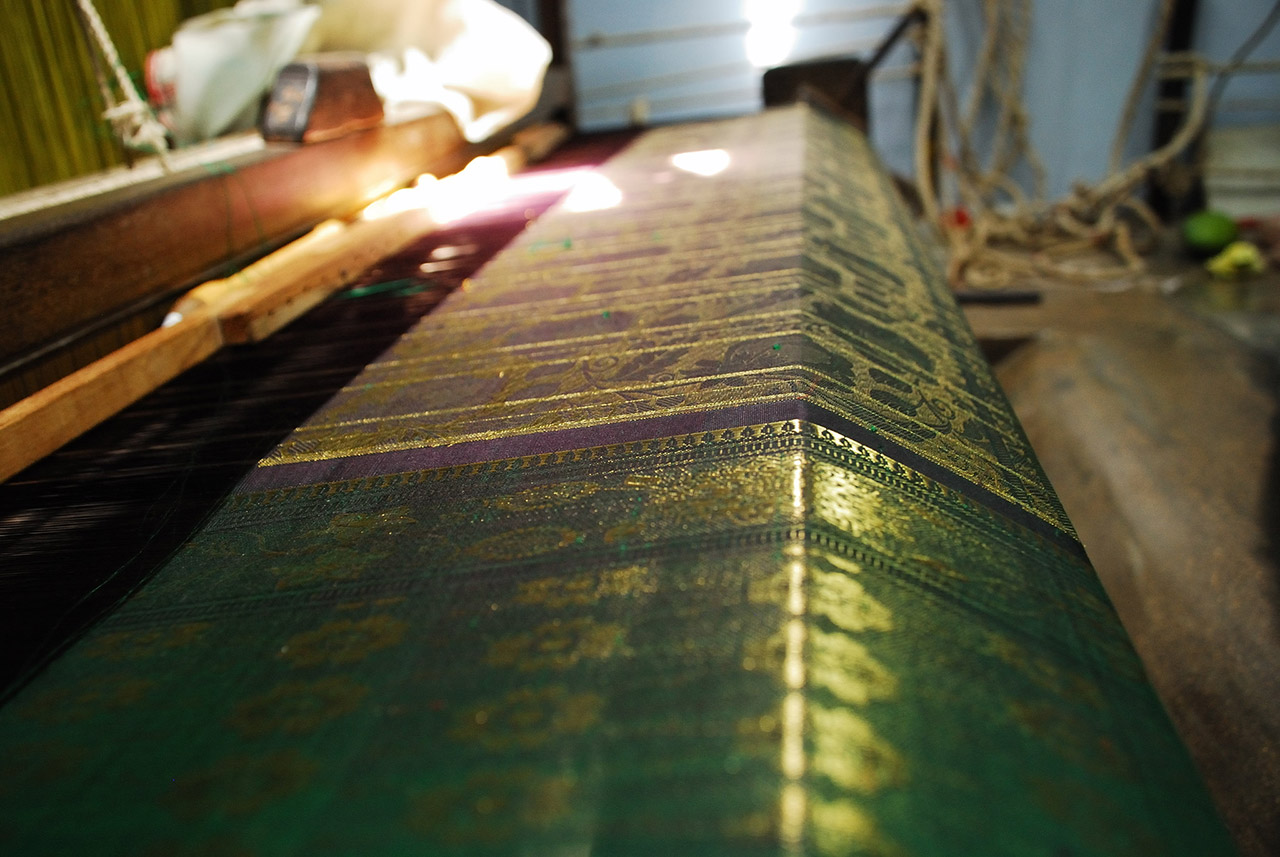
Born in the sacred town of Kanchipuram or Kanchipuram. this silk is famed for its temple-inspired patterns and luxurious texture. Woven from pure mulberry silk with silver zari, each saree is hand-loomed in Kanchipuram and often takes 10–20 days to complete. Designs reflect South Indian temples, checks, stripes, mango motifs, and mythological tales. Colors are bold—maroon, gold, emerald, crimson—with contrast borders and korvai technique (joining different colored threads without cuts). GI-tagged in 2005, it is essential bridal wear in Tamil culture, symbolizing wealth, tradition, and auspiciousness. The fabric is durable, heirloom-quality, and showcases South India’s highest standards in silk weaving.
Suggested Story: The Vibrant Traditional Dresses of Tamil Nadu Reflecting the Tamil Culture!
10. Kosa Silk – Chhattisgarh
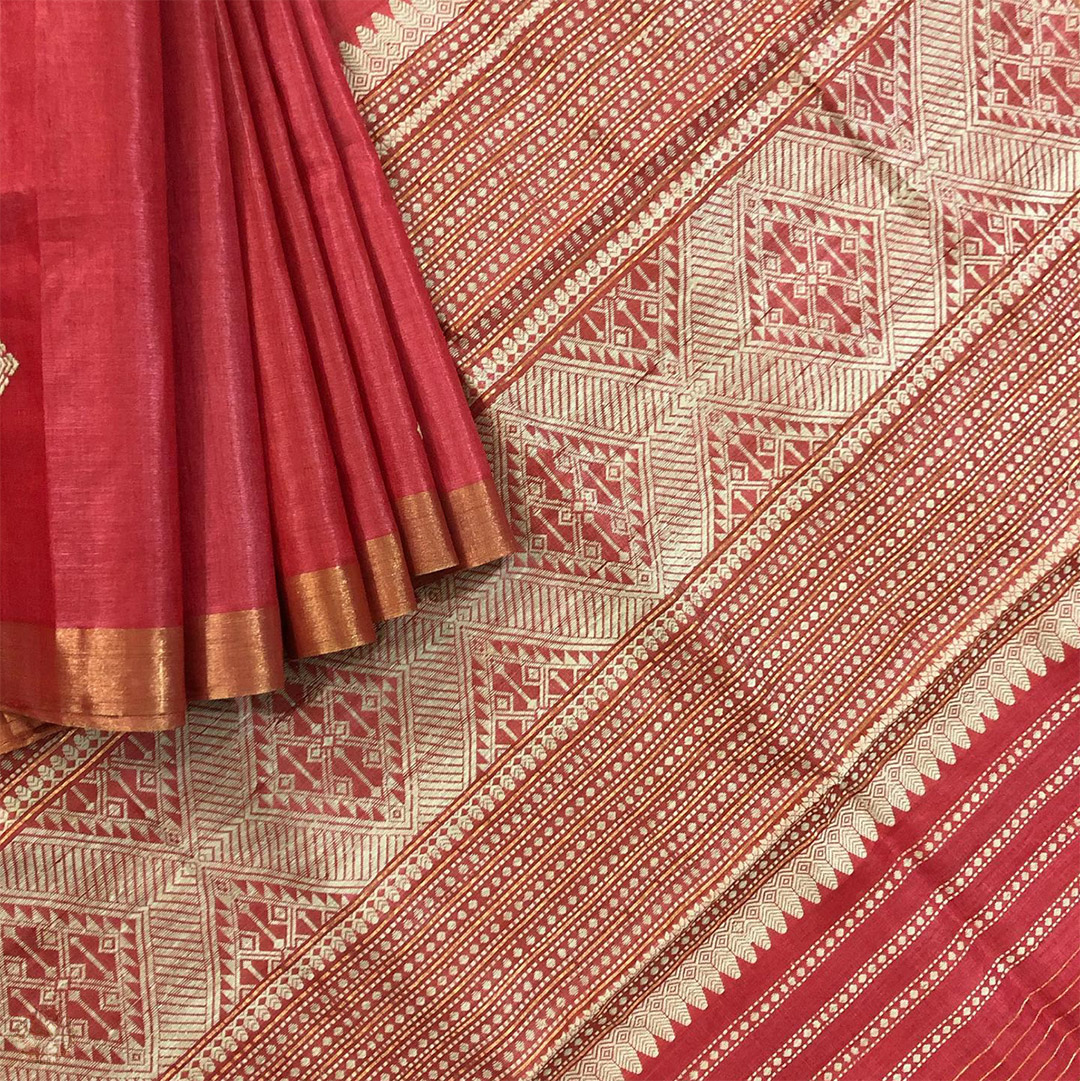
Kosa silk, a distinctive type of Tussar that is derived from the Antheraea mylitta silkworm, is indigenous to the tribal regions of Chhattisgarh, specifically Champa, Raigarh, and Bilaspur. Revered for its strength, dull golden sheen, and textured elegance, Kosa is hand-woven into sarees, salwar sets, and stoles. Naturally dyed using lac, harad, or iron, it features tribal motifs, rudraksha patterns, and temple borders. The fabric is temperature-regulating, ideal for both hot and cool climates. GI-tagged in 2006, Kosa plays a key role in sustaining traditional livelihoods, with weaving and rearing practices passed through generations. Its cultural value is celebrated in tribal weddings, rituals, and local economy.
11. Baluchari Silk Saree – West Bengal
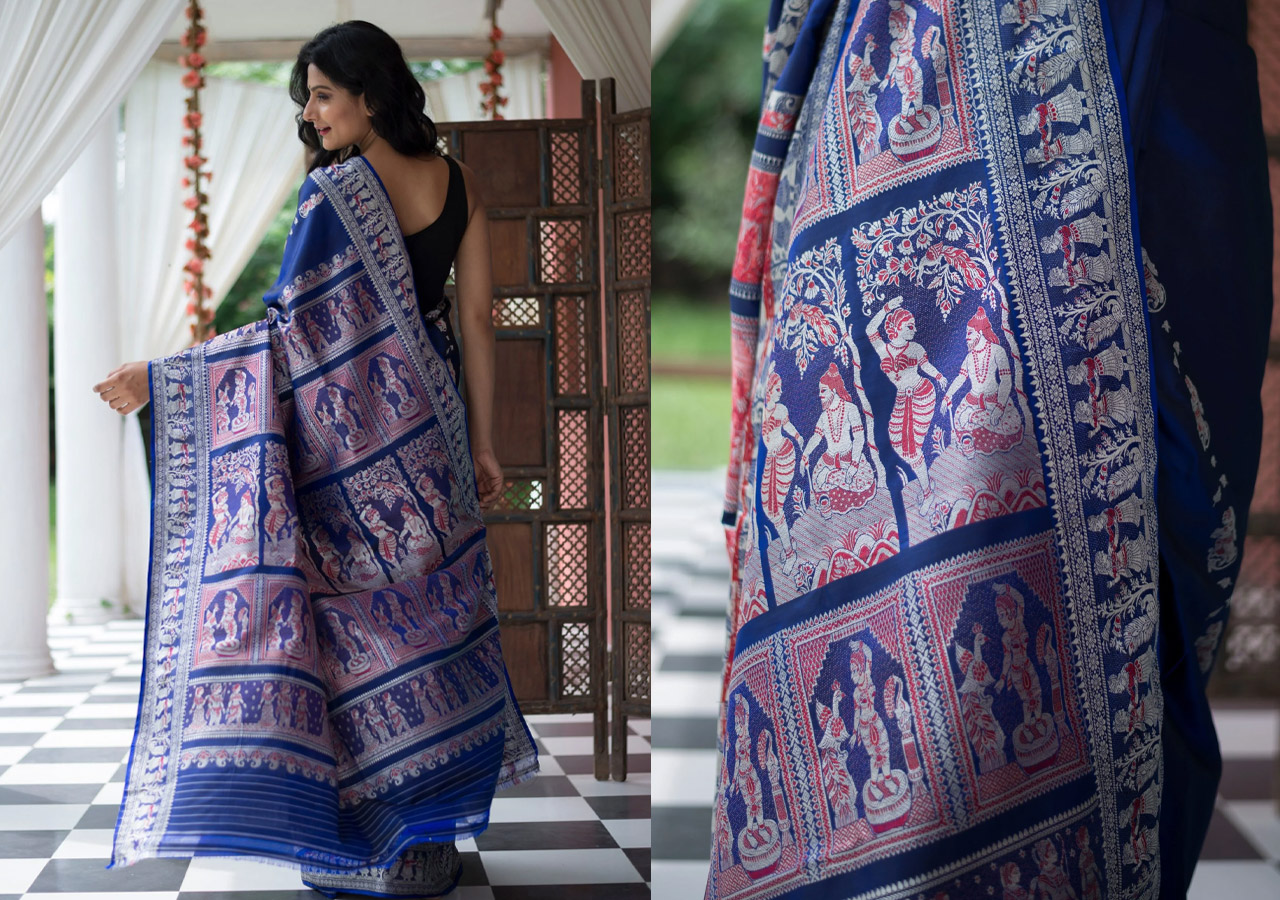
Baluchari sarees originated in Murshidabad during the 18th century under Nawabi patronage, flourishing in Bishnupur today. Woven with richly dyed silk and brocaded pallus using jacquard looms, they portray detailed scenes from epics like the Ramayana, Mahabharata and even colonial life. Made with silk threads and sometimes zari, the sarees showcase a regal palette – deep red, purple, navy and gold. Traditionally worn by Bengali women during weddings and Durga Puja, Baluchari is a GI-tagged textile (2009) celebrated for its storytelling motifs and sophisticated aesthetic. Revival efforts post-independence have preserved its grandeur, transforming it into an art form adorning connoisseurs and museums alike.
12. Banarasi Silk Saree – Uttar Pradesh
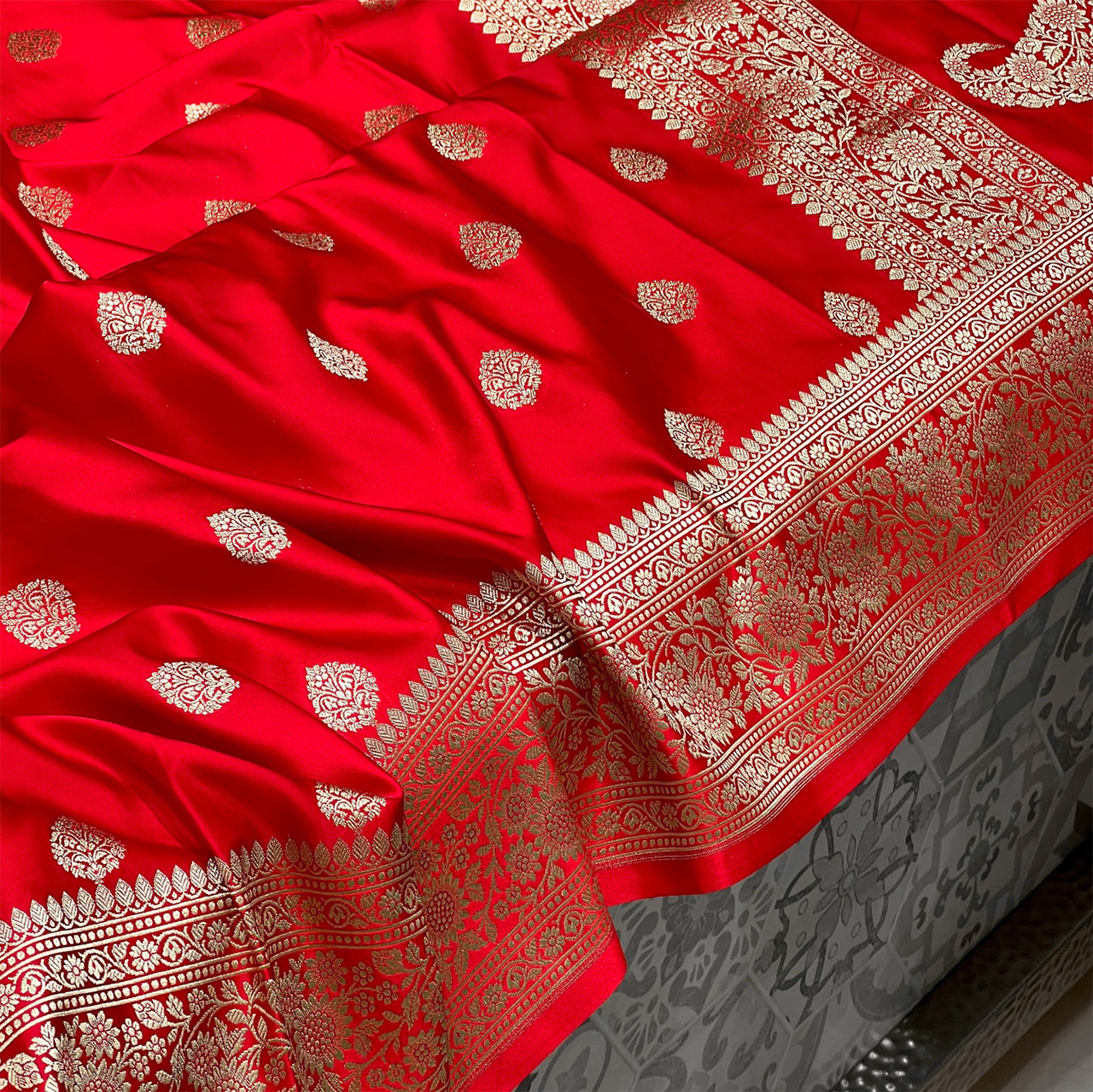
Banarasi sarees from Varanasi are renowned for intricate Mughal-inspired brocades, woven from fine mulberry silk with gold and silver zari. Featuring motifs like kalga, bel, jhallar borders, and minakari work, these GI-tagged textiles (2009) are opulent bridal staples across India. Each saree can take 15 days to six months, involving up to three artisans and 5,600 thread wires. There are four main types of Banarasi sarees: pure silk (katan), organza (kora), georgette, and shattir. Traditionally worn in royal courts, Banarasis today represent elegance, ceremonial grandeur, and legacy weaving. Authentic pieces carry government-certified holograms and barcodes to combat rising machine-made imitations.
13. Patan Patola – Gujarat
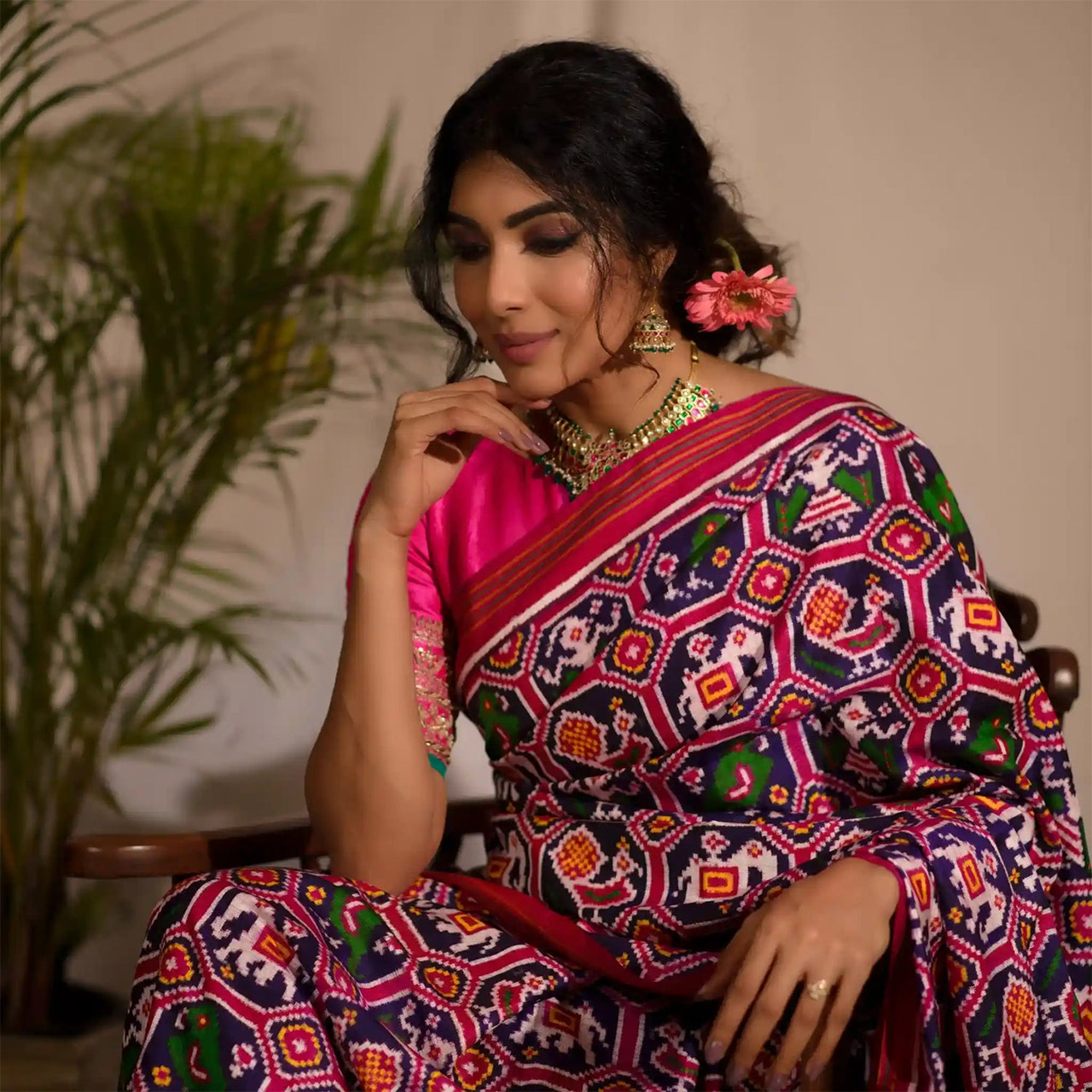
Patan Patola is Gujarat’s exquisite double ikat silk weave, made by the Salvi family in Patan since the 11th century – these are no ordinary sarees; they’re double-woven silk masterpieces. Famous for their unusually high worth, weaving a Patola is notoriously time-consuming and ridiculously complex. It is the reality of their distinction by possessing a rich, engaging geometrical design. Using 5–6 natural colours (red, indigo, green, yellow), motifs like elephants, parrots, flowers, and dancing figures are perfectly symmetrical. Worn by royalty and Jains for centuries, Patolas are revered for spiritual purity no two are identical. GI-tagged in 2013, it represents India’s pinnacle of textile geometry. Only a handful of families continue this sacred craft.
14. Bomkai Saree – Odisha
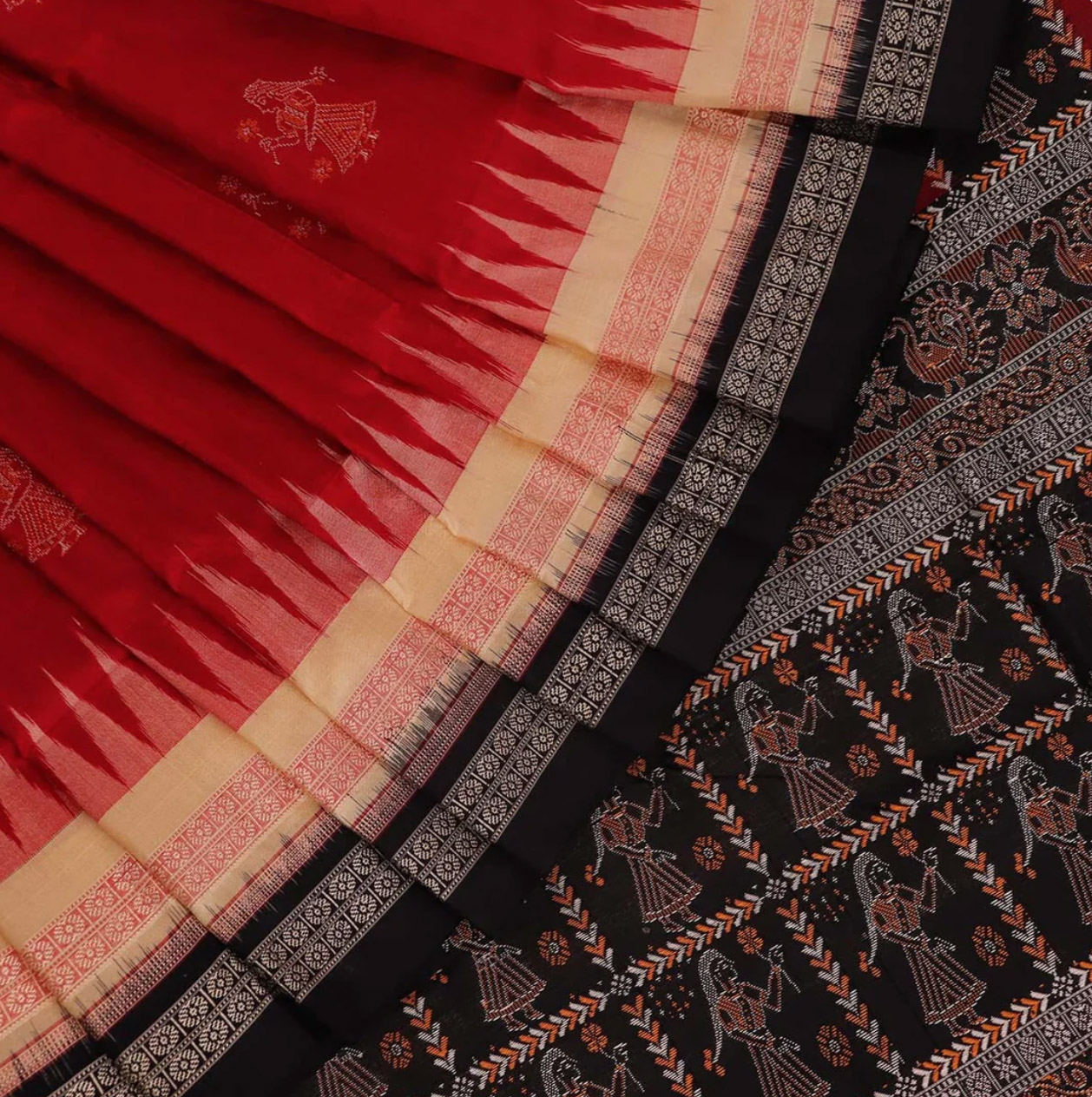
Bomkai, or Sonepuri saree, hails from Odisha’s Ganjam and Subarnapur districts. Woven on pit looms with extra weft (bandha) and dobby techniques, it blends ikat with embroidery-like threadwork. These sarees are also made of cotton and silk and are very famous because of its special thread work and special work of pallu. Look closely and you will see the fine work of beautiful patterns of temples, tortoises, and lotuses impeccably embroidered into the cloth, each with a tale to tell of the rich cultural, and art located heritage of Odisha. Supporting more than 1,200 weavers, it was GI-tagged in 2009. Popular during Durga Puja and Nuakhai, Bomkai reflects Odisha’s rural ethos and skilled innovation in weaving arts.
15. Pochampally Saree – Telangana
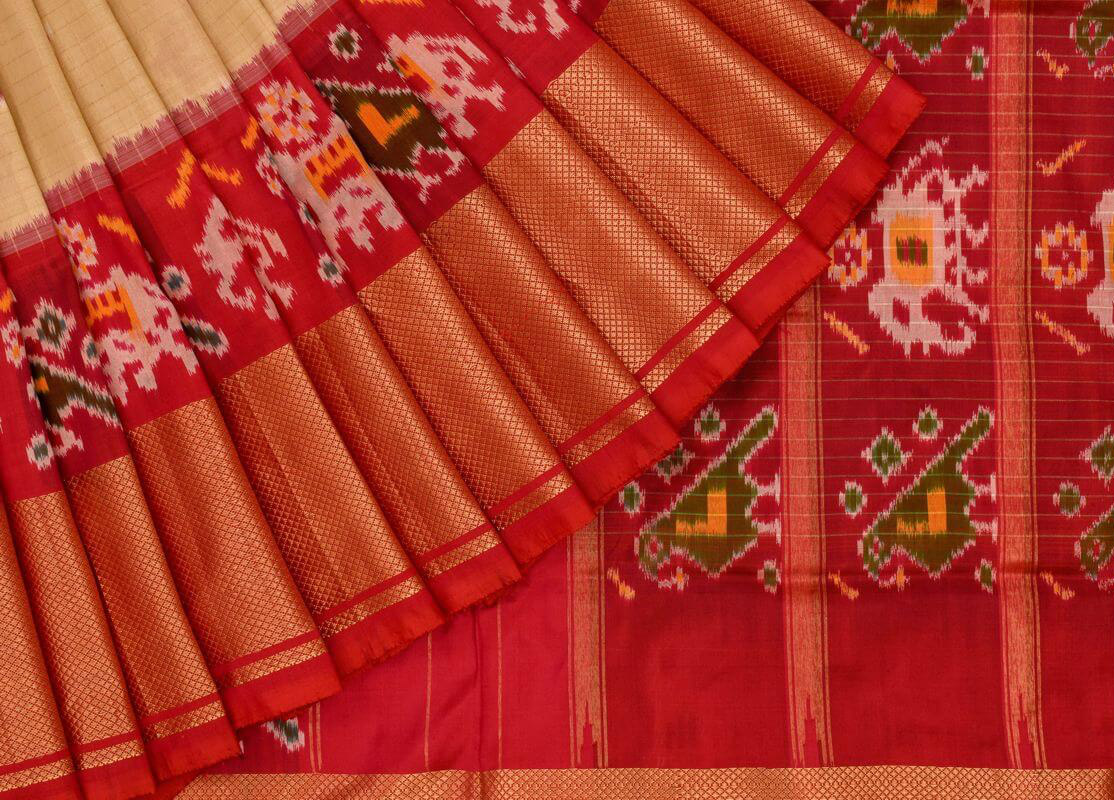
Pochampally Ikat, from Bhoodan Pochampally village in Telangana, is known for its resist-dyed geometric patterns on silk, cotton, or sico (silk-cotton). Made via single ikat or double ikat, it uses warp or weft tie-dyeing and involves precise mathematical layout before weaving. Common motifs include diamonds, chakras, and stylised birds. The palette ranges from classic red-black-white to modern pastels and neons. GI-tagged in 2005, Pochampally supports over 10,000 weavers and is marketed under India Handloom Brand. Worn during weddings and cultural events, its crisp texture and symmetrical design have earned it the name “Silk City of India.”
Suggested Story: 10 Unknown Facts of Ikat: The Magical Weave of India
16. Shisha (Mirror Work) – Rajasthan

Shisha embroidery, native to Rajasthan and Gujarat, incorporates small mirror pieces into vibrant fabric using herringbone, chain, or satin stitches. Traditionally used by nomadic communities like the Rabaris and Meghwals, Shisha work adorns ghagras, odhnis, torans, and wall hangings. Motifs include flowers, peacocks, elephants, and geometric frames, reflecting desert light and believed to ward off evil spirits. Usually stitched onto cotton, silk, or khadi in bright colours – reds, pinks, blues, greens – it often accompanies bandhani and gota work. Though not GI-tagged independently, it’s integral to Rajasthan’s embroidery heritage and widely popular during weddings and festivals.
17. Kasavu – Kerala

Kasavu is a traditional handwoven cotton fabric from Kerala, distinguished by its elegant off-white body and lustrous gold zari border. It is used to create the signature Kasavu saree, veshti, and mundu. Worn during Onam, Vishu, and temple visits, it symbolizes simplicity, purity, and grace. Historically woven in Balaramapuram and worn by Namboothiri Brahmins, Kasavu’s border may include temple motifs or paisleys, woven on frame or throw shuttle looms. The natural cotton provides comfort in Kerala’s tropical climate. Though not GI-tagged as of now, efforts are ongoing to protect its authenticity. Once handloom-exclusive, machine-woven variants now exist, but original Kasavu retains cultural and spiritual reverence.
Suggested Story: Handlooms of Kerala – Holding onto the Flag of Tradition
18. Naga Shawls – Nagaland

Naga shawls are vibrant, handwoven woollen textiles created by various Naga tribes like the Ao, Angami and Chakhesang, each with unique tribal patterns and meanings. Woven on loin looms, these shawls showcase striking stripes in red, black, and white, often accented with motifs like spears, horns, or the revered mithun (bison). Traditionally, the shawl’s design indicated social rank, warrior status, or clan identity. The Ao warrior shawl “Tsüngkotepsü” is particularly renowned. GI-tagged in 2008, Naga shawls are still used in community events, harvest festivals, and as diplomatic gifts. Contemporary designers now incorporate them into modern fashion, preserving heritage and tribal storytelling through textile art.
19. Apatani Weave – Arunachal Pradesh

The Apatani tribe of Ziro Valley weave distinct textiles using organic cotton or wool, dyed with natural plant-based pigments like indigo and black from soot. Woven on traditional loin looms, Apatani textiles feature symmetrical stripes, zigzags, and diamond motifs in bold colors—black, red, white, and ochre. The fabric is primarily used for galuk (wraparounds), shawls, and headgear worn during Myoko and Dree festivals. Each motif holds deep tribal meaning, symbolizing themes of fertility, prosperity, and spiritual connection.Though not GI-tagged yet, efforts are ongoing. The weave forms an integral part of Apatani identity and is passed from mother to daughter as tradition.
20. Bhagalpuri Silk – Bihar

Bhagalpuri silk, often referred to as “Tussar silk,” is woven in Bhagalpur, Bihar—one of India’s oldest silk hubs with over 200 years of heritage. Derived from Antheraea mylitta silkworms, this silk has a rich, textured feel and natural golden sheen. Commonly used for sarees, stoles, and kurtas, it features hand block prints or geometric and floral motifs in earthy tones like beige, rust, and maroon. Bhagalpuri silk is highly valued for its cost-effectiveness, breathable texture, and tenacity as a substitute for mulberry silk. Though not GI-tagged as a product, its recognition comes from over 30,000 local artisans sustaining it as a livelihood tradition.
21. Panja Durries – Haryana

Panja durries from Panipat, Haryana, are handwoven cotton or woollen rugs created using a unique hook technique known as “panja,” a claw-like weaving comb. Traditionally woven by women, these flatweave carpets are prized for their strength, tight weave, and vivid geometric patterns—lozenges, triangles, trees, and stylised animals. The colour palette often includes indigo, red, cream, and mustard. Panja durries serve practical and decorative purposes—floor coverings, prayer rugs, or wall art. Panipat is renowned as the “City of Weavers” for its production of 75% of India’s handwoven durries. The craft supports thousands of weavers and is recognized globally for exports.
22. Kuchai Silk – Jharkhand
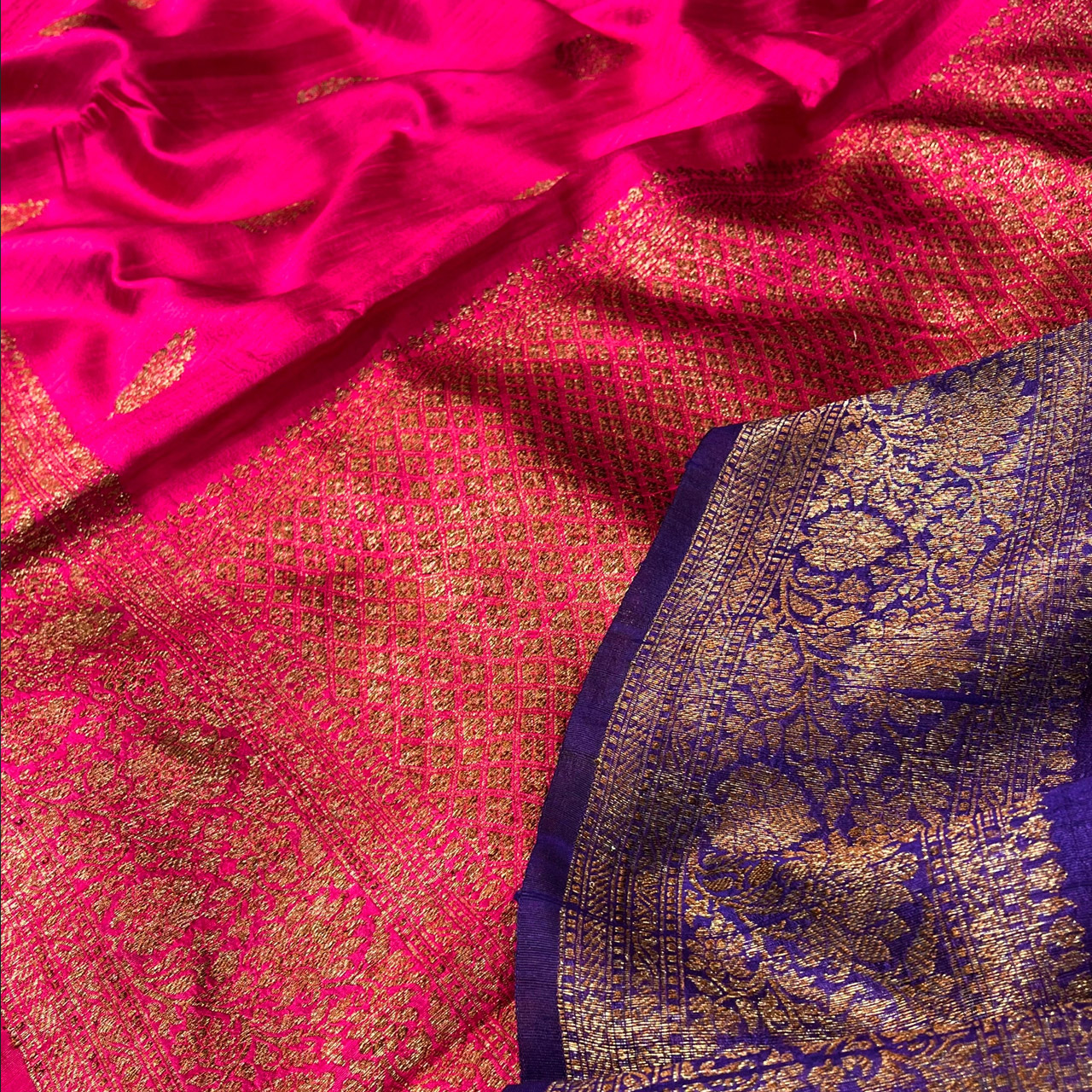
Kuchai silk, a variety of Tussar (Desi) silk, is indigenous to Jharkhand, especially the Kuchai region in Saraikela-Kharsawan district. Harvested from Antheraea mylitta silkworms on Asan and Arjun trees, the silk features a coarse texture and natural golden hue. Recognized with a GI tag in 2008, it’s celebrated for eco-friendly, non-violent rearing methods by tribal communities. Used in sarees, dupattas, and stoles, Kuchai silk includes block prints or tribal patterns in earth tones. Promoted under the “Silk City” campaign, it empowers rural livelihoods and women’s cooperatives while preserving sustainable, forest-based weaving traditions central to Jharkhand’s cultural fabric.
23. Phanek – Manipur
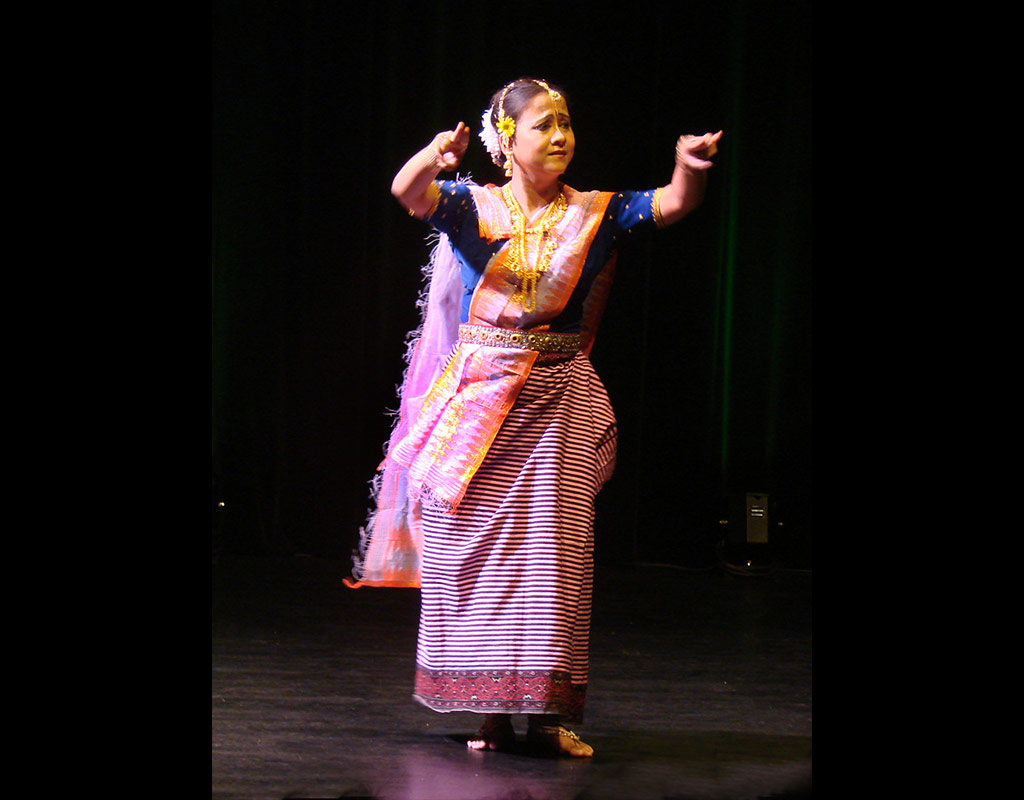
Phanek is a traditional wrap-around skirt worn by Meitei women in Manipur, woven using cotton or silk on backstrap or frame looms. Typically unstitched and ankle-length, it features bold vertical stripes or borders in black, maroon, green, and white. Designs may include simple motifs like flowers or checks, with more elaborate “Mayek Naibi” versions reserved for ceremonial wear. Phanek holds both cultural and political significance—symbolizing resistance, pride, and womanhood. Not GI-tagged yet, it plays a central role in rituals, dance forms like Ras Lila, and daily attire. The weave is also a medium of expression in feminist movements in Manipur.
24. Sambalpuri – Odisha

Sambalpuri sarees are handwoven using the tie-dye bandha (ikat) technique by weavers from western Odisha—particularly Bargarh, Sonepur, and Sambalpur. Both warp and weft threads are dyed before weaving, resulting in unique, blurred-edge motifs like shankha (conch), chakra (wheel), and phula (flower). Traditionally cotton, now silk variants also flourish. With a GI tag since 2010, Sambalpuri sarees are worn during pujas, weddings, and formal events. The deep red, black, white, and ochre palette gives it bold visual character. Associated with Odisha’s cultural pride, it gained national fame when PM Rajiv Gandhi wore it in the 1980s. It sustains thousands of rural artisans.
Suggested Story: Sambalpuri Ikat Weaving – The Magic of Tie and Dye
25. Phulkari – Punjab

Phulkari, meaning “flower work,” is Punjab’s iconic embroidery tradition, featuring vivid floral and geometric motifs stitched in floss silk (pat) on coarse cotton (khaddar). Originating in the 15th century, it was made by women as dowry gifts and worn during weddings and harvest festivals like Baisakhi. The embroidery is done from the reverse side using darn stitches, creating intricate surface patterns. Common colours include red, maroon, and ochre with bright yellow, green, and pink threadwork. GI-tagged in 2011, Phulkari carries deep emotional and cultural resonance among Punjabi women. Today, it adorns dupattas, shawls, jackets, and bags, keeping the folk heritage vibrant.
Suggested Story: Phulkari Embroidery – The Traditional Fabric Art of Punjab
26. Lepcha Weave – Sikkim
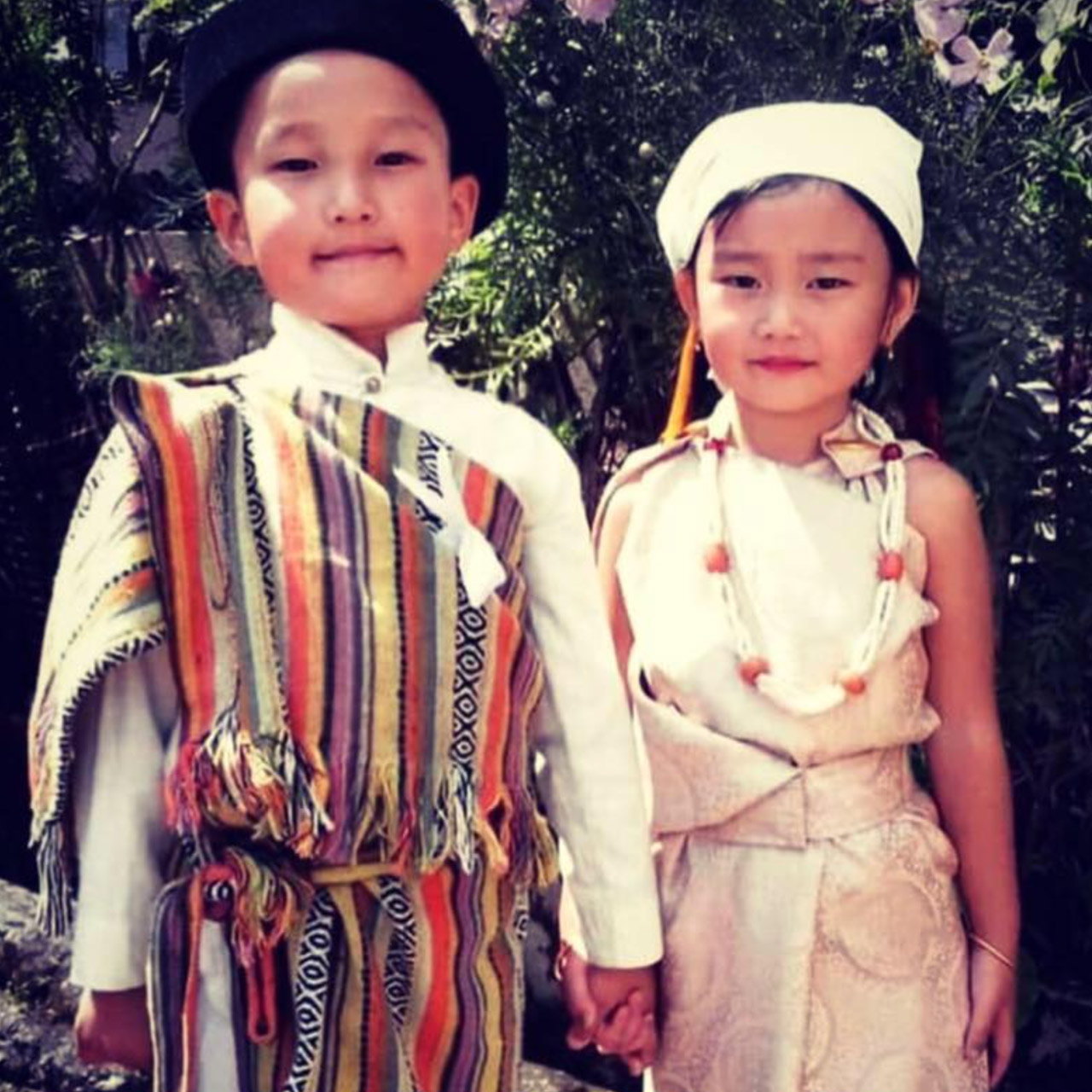
Lepcha weaving, rooted in the cultural heritage of the Lepcha community of Sikkim, traditionally involves crafting their indigenous attire on backstrap looms. The fabric, called “Thara,” is made of cotton or wool and is used for male (Dumvum) and female (Dumdyam) dress. Patterns feature narrow stripes in vibrant reds, greens, blues, and whites, often with subtle geometric motifs inspired by nature. Weaving was once a domestic activity but now serves as cultural preservation through cooperatives and educational programs. GI-tagged in 2008, Lepcha weaving is crucial to identity and spirituality, often associated with clan-specific designs and sacred rituals, especially during traditional festivals like Tendong Lho Rum Faat.
27. Pachra – Tripura
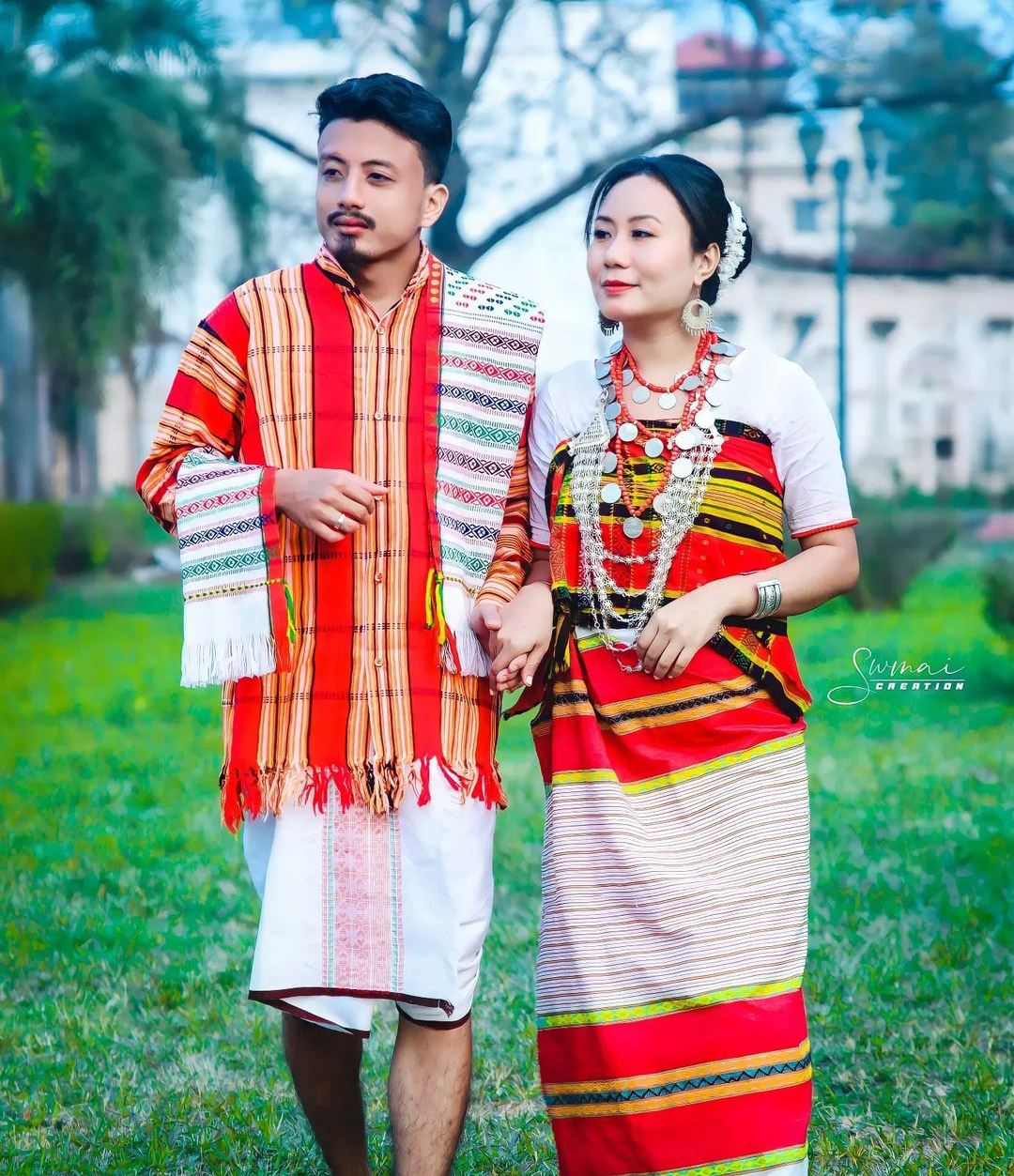
The Pachra is a traditional handwoven wrap worn by Tripuri women, particularly among the Reang, Chakma, and Halam tribes. Woven on loin looms, it is usually paired with a Risa (chest cloth) and Rikatouh (upper wrap). Made from cotton or acrylic yarns, Pachras are brightly striped with supplementary weft designs in floral or geometric forms. Colour schemes often include red, orange, green, and black with striking borders. Each pattern holds ethnic and social significance, and the attire is mandatory during community rituals and folk dances. Though not yet GI-tagged, Pachra weaving empowers women artisans and preserves Tripura’s rich tribal textile identity.
28. Chikankari – Uttar Pradesh

Chikankari is a delicate hand embroidery tradition from Lucknow, with origins dating back to the Mughal era under the patronage of Empress Noor Jahan. Traditionally done on muslin, now also on cotton, georgette, chiffon, and silk, it features floral motifs inspired by Persian art. Stitches like backstitch, herringbone, and chain are used to create shadow work. Designs are delicate and understated, often white-on-white, though pastel shades are common today. GI-tagged in 2008, Chikankari is synonymous with grace, especially in kurta, saree, and dupatta forms. Over 250,000 artisans, mostly women, sustain this heritage craft, central to Lucknow’s cultural identity and global fashion presence.
29. Panchachuli Weave – Uttarakhand
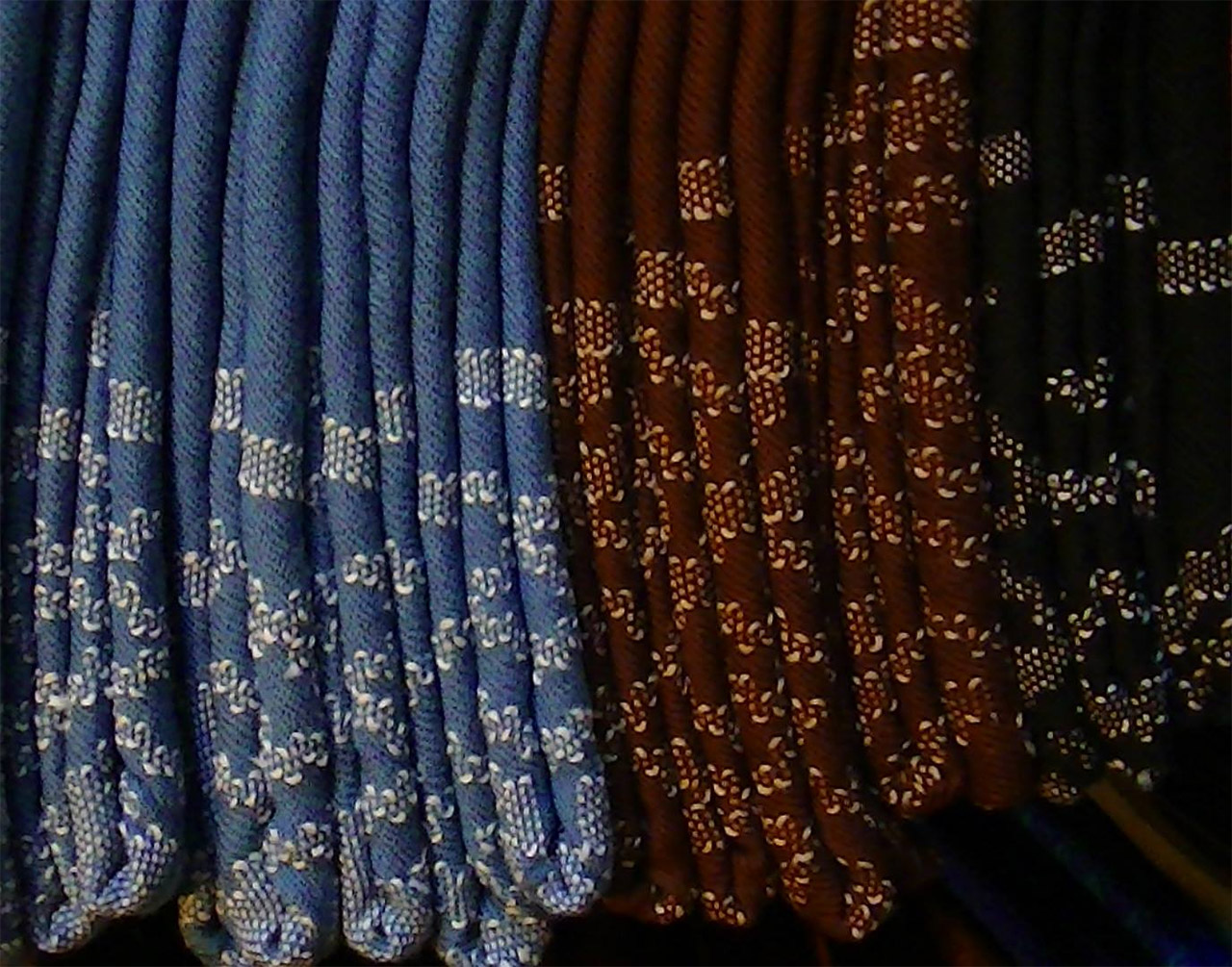
Panchachuli weaving is a women-led craft rooted in Uttarakhand’s Kumaon region, particularly flourishing in Almora and the Panchachuli valley. Initiated in the 1990s to revive lost traditions, the weave uses locally sourced wool from Himalayan sheep and alpaca. Woven on frame looms, shawls, stoles, and jackets feature traditional stripes and chevron patterns in earthy tones like grey, cream, ochre, and deep maroon. The craft supports and empowers more than 800 women artisans through the Panchachuli Women Weavers’ Cooperative. Though not yet GI-tagged, it represents sustainable livelihoods and indigenous design rooted in nature and mountain life, often reflecting Kumaoni identity and resilience.
30. Jamdani – West Bengal

Jamdani is a fine muslin textile adorned with intricate supplementary weft motifs, originating from Bengal and refined under Mughal patronage. Handwoven on pit looms in Dhaka and West Bengal, it is known for airy texture and delicate motifs—paisleys, lotuses, vines—woven without a graph. Traditionally white with pastel threads, modern versions use vibrant colour contrasts. GI-tagged in 2010, West Bengal’s Jamdani is especially worn during pujas and weddings. Highly time-intensive, each saree may take several weeks or even months to weave, depending on the complexity of its design. A UNESCO Intangible Cultural Heritage, Jamdani represents poetic weaving, blending finesse and symbolism in one of India’s most celebrated textile traditions.
31. Eri Silk – Meghalaya
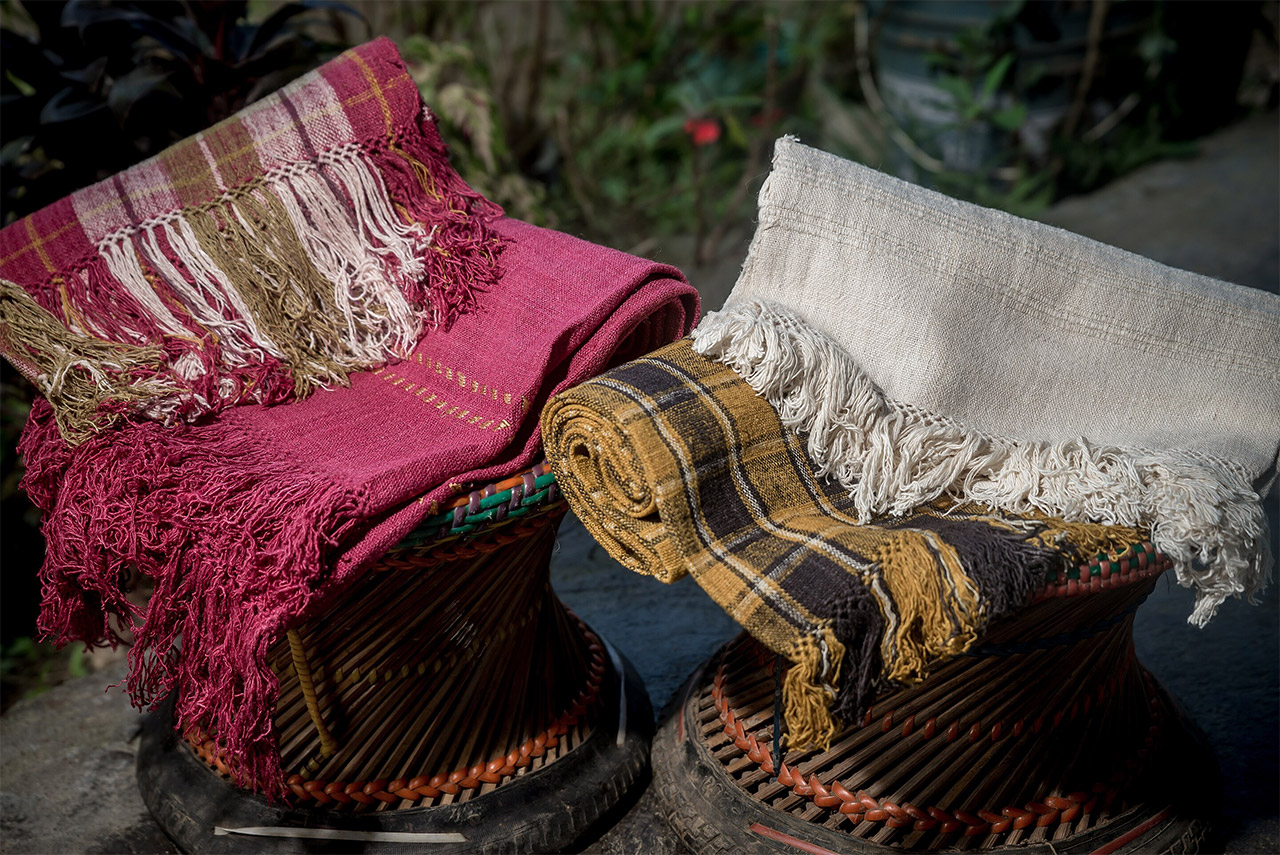
Eri silk, often referred to as “Ahimsa silk,” is a cruelty-free fabric produced without harming the Samia ricini silkworm. Mainly crafted by the Khasi and Garo tribes of Meghalaya, it is cherished for its warmth, soft feel, and subtle matte appearance. Unlike the lustrous mulberry silk, Eri has a heavier drape, making it suitable for all seasons. The yarn is typically dyed with natural ingredients like turmeric, indigo, and native flora. Recognized with a GI tag in 2012, Eri silk supports eco-friendly sericulture and empowers women’s weaving collectives. Deeply rooted in tradition, it embodies the cultural ethos of Meghalaya’s tribal heritage.
32. Puan – Mizoram (Manipur too)

Puan is a handwoven textile traditionally worn by Mizo women as a wrap skirt and upper shawl. Woven on backstrap looms, Puans feature bold horizontal stripes or checked designs with motifs like roses, stars, or local fauna. They are worn during festivals like Chapchar Kut, weddings, and dances. Made from cotton or acrylic yarn, they are dyed in vibrant red, black, green, or white combinations. The “Puanchei,” a ceremonial variant, is widely recognized for its detailed banding. Though not yet GI-tagged, Puans represent tribal heritage and are now being reinterpreted by contemporary designers. It’s a symbol of Mizo identity and pride.
Suggested Read – National Handloom Day – Importance of Handlooms & Weavers
Key Takeaways

There are several more handloom fabrics in India whose numbers run up to hundreds. Even if the era of handloom has passed and been replaced by power looms, one cannot question the quality and reliability of handlooms. Handlooms have an important association with the Indian freedom struggle as well – this is because Gandhi Ji would actively encourage and use handlooms himself to produce Khadi, thus empowering Indian weavers who were enslaved by the British. With so much at stake, no wonder handlooms had to be revived in the 21st century.
FAQs about Handlooms of India
Question: Which is the handloom capital of India?
Question: What are the different types of handlooms?
Question: Which handloom is famous in India?
Question: Which is the saree capital of India?
Question: Which is the biggest weaving village in India?
Few Lines on Indian Handlooms
- Indian handlooms boast a glorious heritage dating back to ancient Indus Valley Civilization.
- Every Indian region contributes differently towards the rich world of handwoven fabric.
- British colonial policy ruthlessly affected India’s thriving handloom industry.
- Mahatma Gandhi’s ‘khadi’ movement popularized handlooms as an image of self-reliance.
- The Khadi and Village Industries Commission (KVIC) promotes handloom revival.
- Paithani, Bandhani, and Mysore Silk are some of India’s lovely handloom heritage.
- Even with modern power looms, the unrivalled brilliance of handlooms remains celebrated.
